I awoke on Friday morning feeling much better than the evening before and feeling thankful that I was in comfortable accommodation rather than a tent. I got up shortly before 6 am and cooked bacon and eggs for breakfast for the second day in a row.
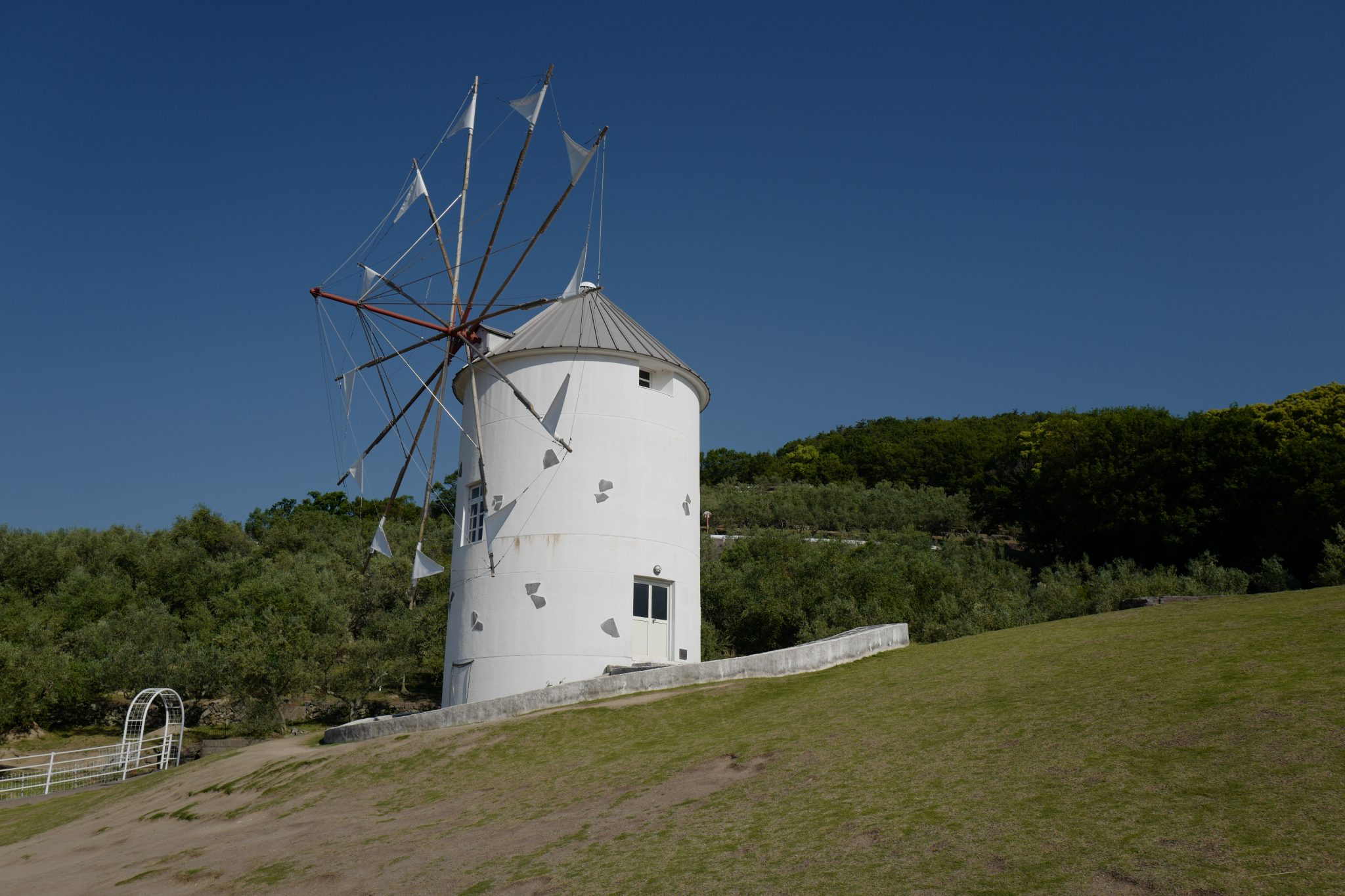
The weather was perfect and on the way out of Olive Park (小豆島オリーブ公園) I passed the Greek windmill folly. Presumably due to the Miyazaki film, the area seemed particularly popular with Chinese tour groups who enjoyed taking photos of themselves pretending to fly on broomsticks beside it.
The Henro trail almost immediately turns south towards the central peninsula. You have two options for walking here; you can follow the coast road or hike up to a track which runs above it. Both seem about the same distance on the map, though the track requires a short hike up the mountainside.
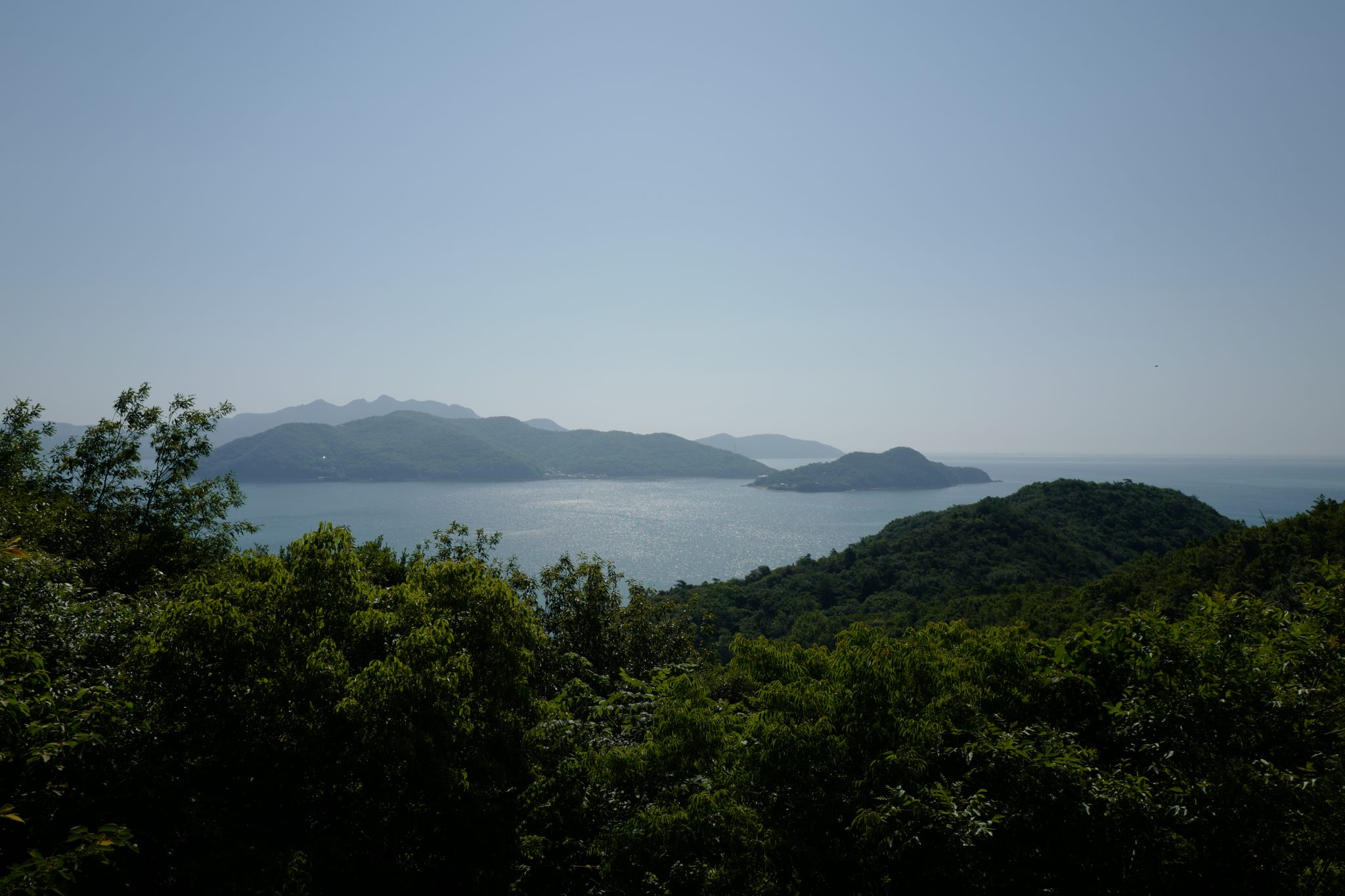
I opted for the high route since it allows you to avoid the cars on the main road. Approaching Yakushi-do (薬師堂 – 28), I left my backpack in the forest next to the junction that leads to Kazaana-an (wind hole) (風穴庵 – 29), saving me having to carry it back up after descending.
A dog startled me as I was walking down the hill along a narrow path between rows of houses. Though I am not a Buddhist, I do wear the Henro white Hakui shirt since it instantly indicates to local residents about why I’m walking through their neighbourhood (i.e. I’m not up to no good).
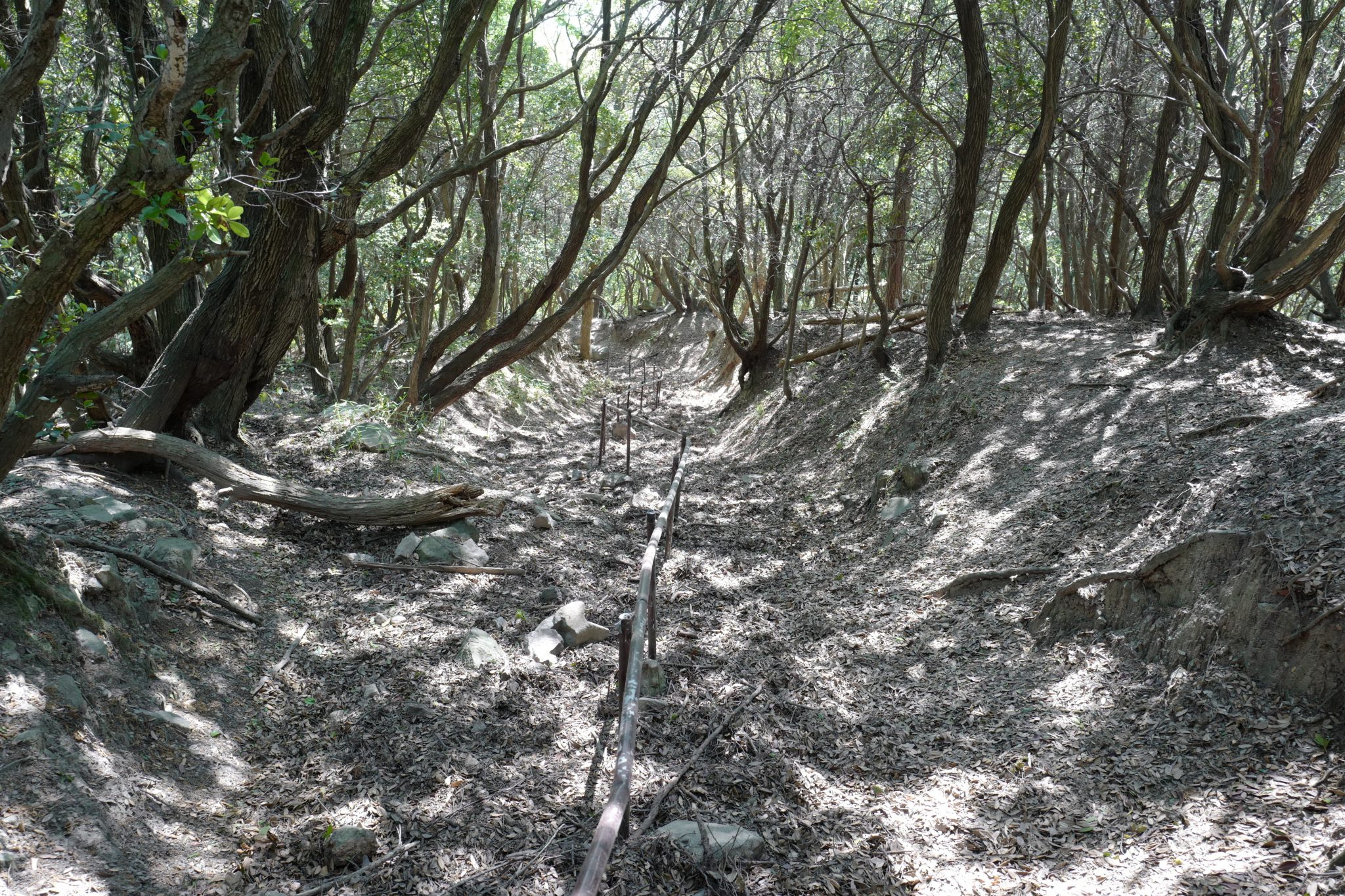
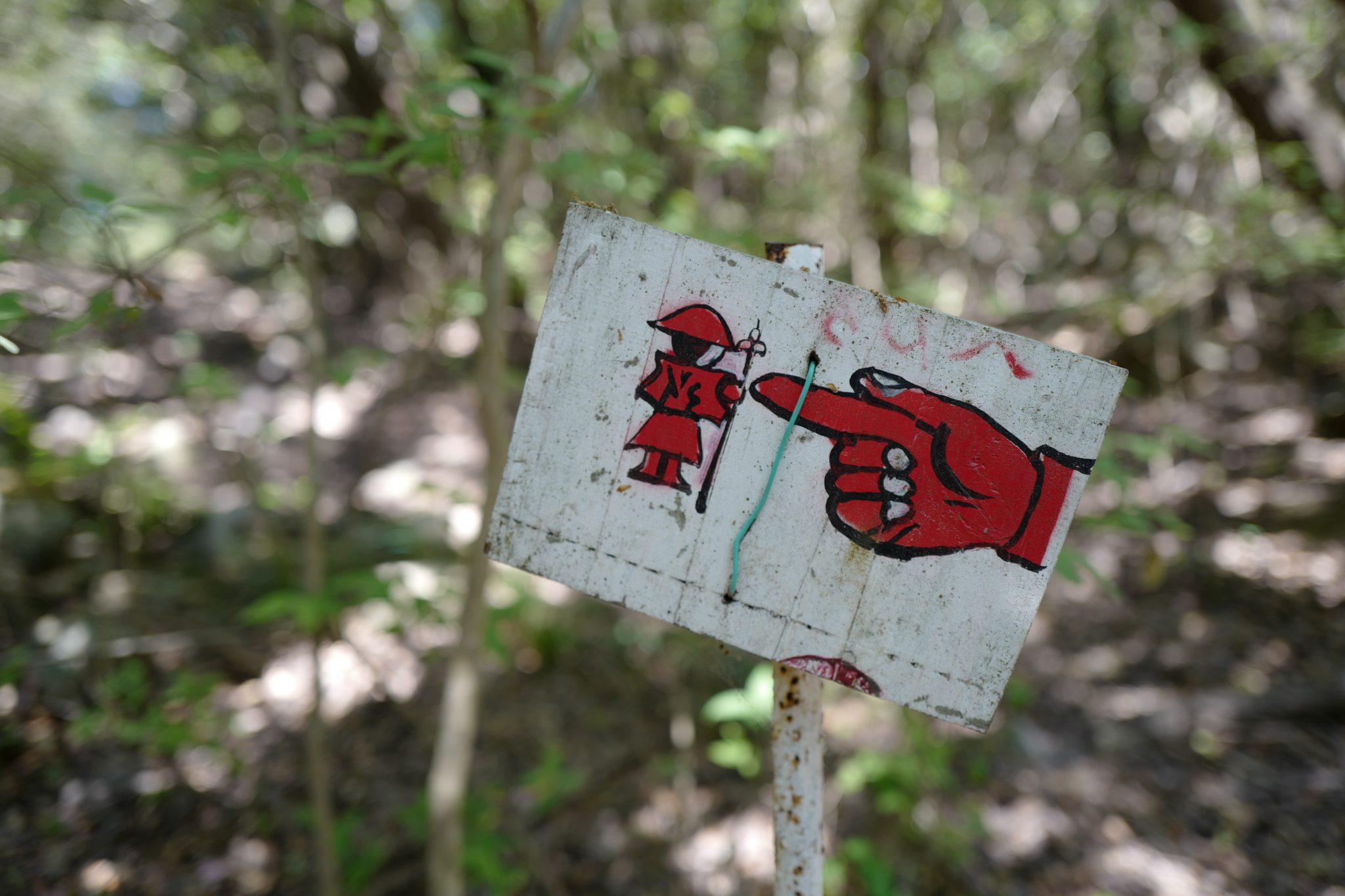
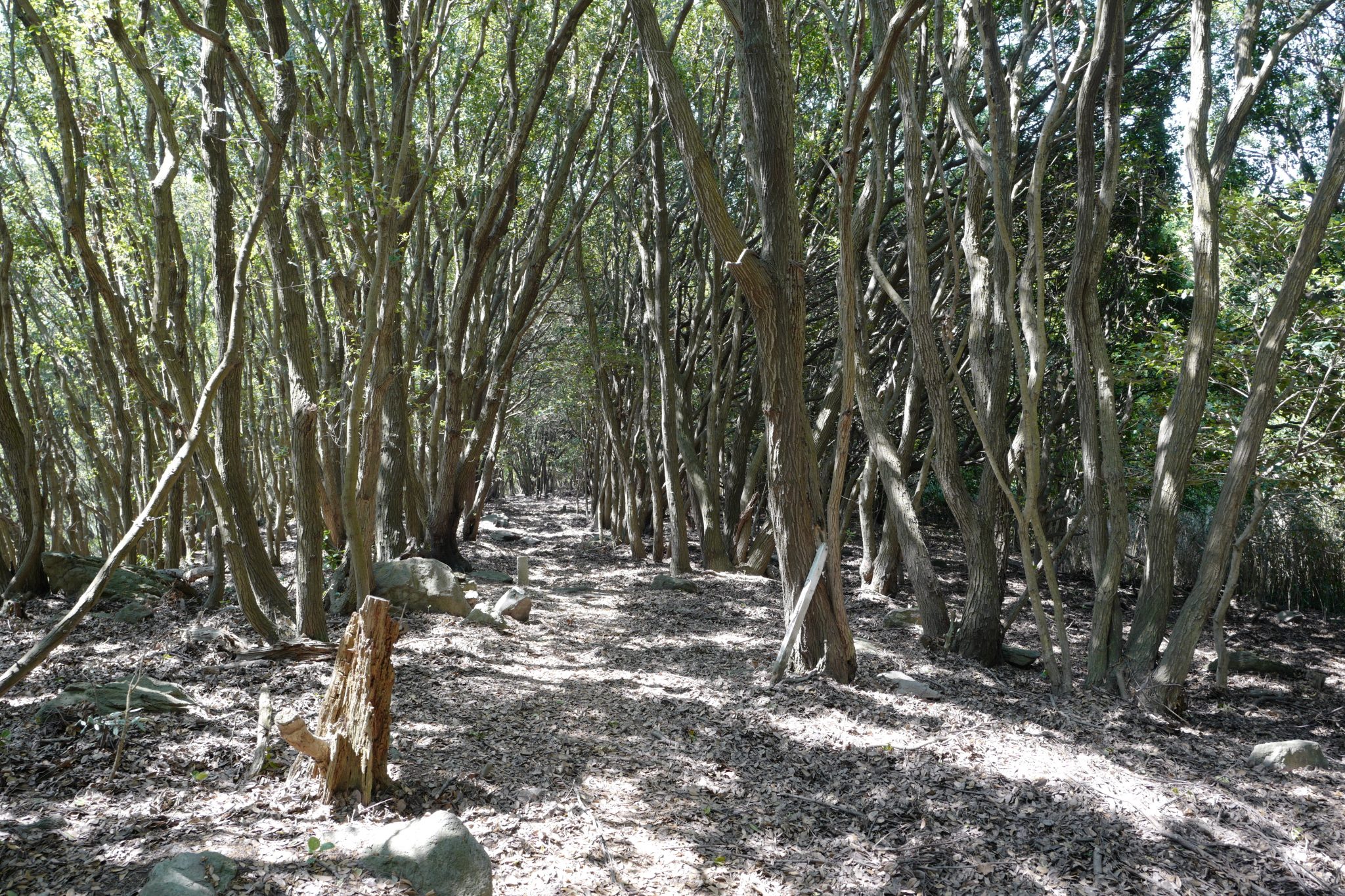
After returning from Yakushi-do (薬師堂 – 28) the path ascends to the ridgeline along a rugged forest trail which was covered in a deep layer of leaves, making it a little hard to follow in places. Here I had my third visible encounter with a wild boar – this time instead of running away, it watched me from a distance. I continued without stopping.
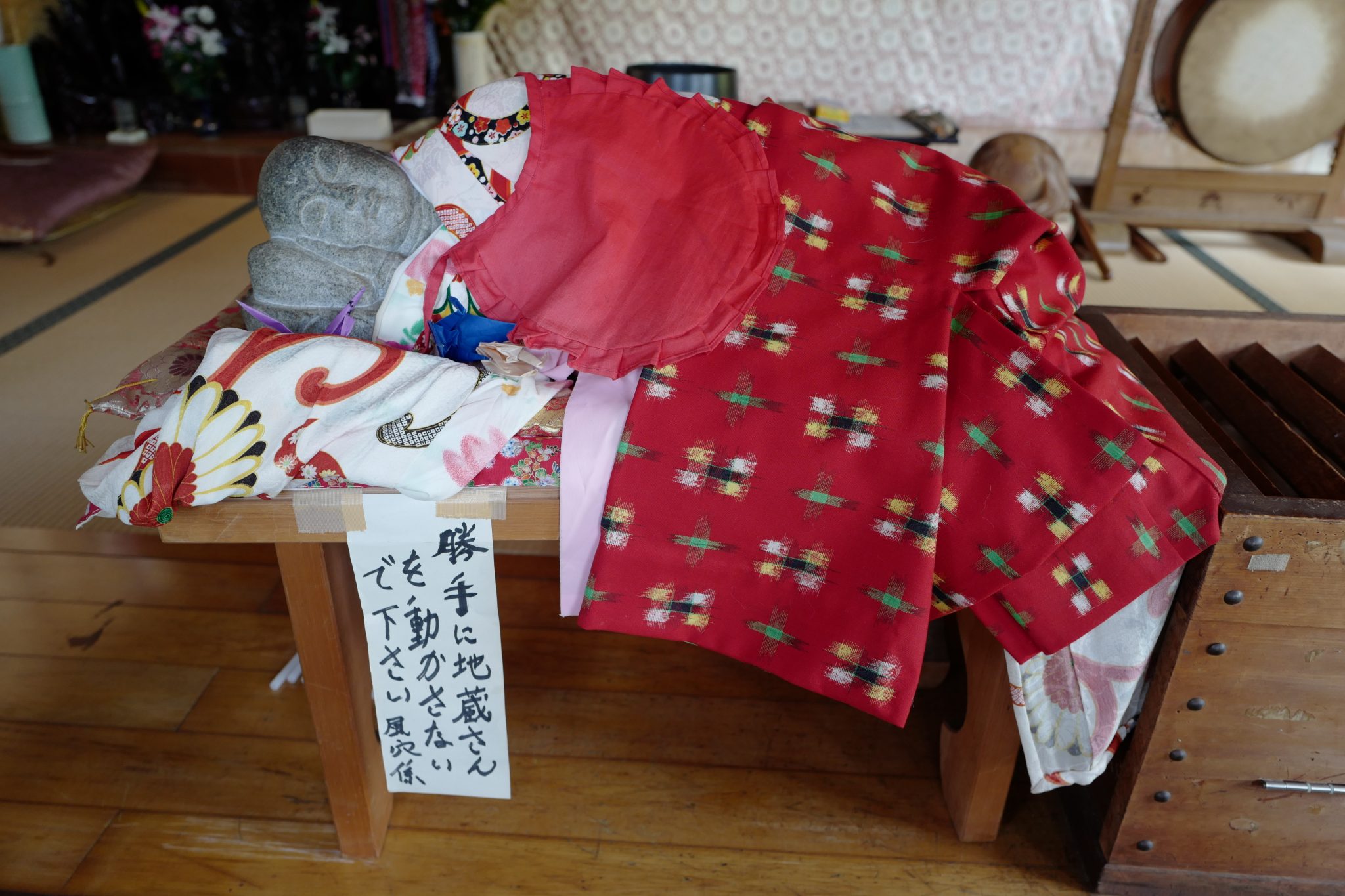
The main hall at Kazaana-an (wind hole) (風穴庵 – 29) was a drab building but inside the main hall was a statue of a sleeping Buddha covered by blankets. It felt a little like I was being watched as I placed my name slip beside the donation box. Perhaps they get larger donations this way!
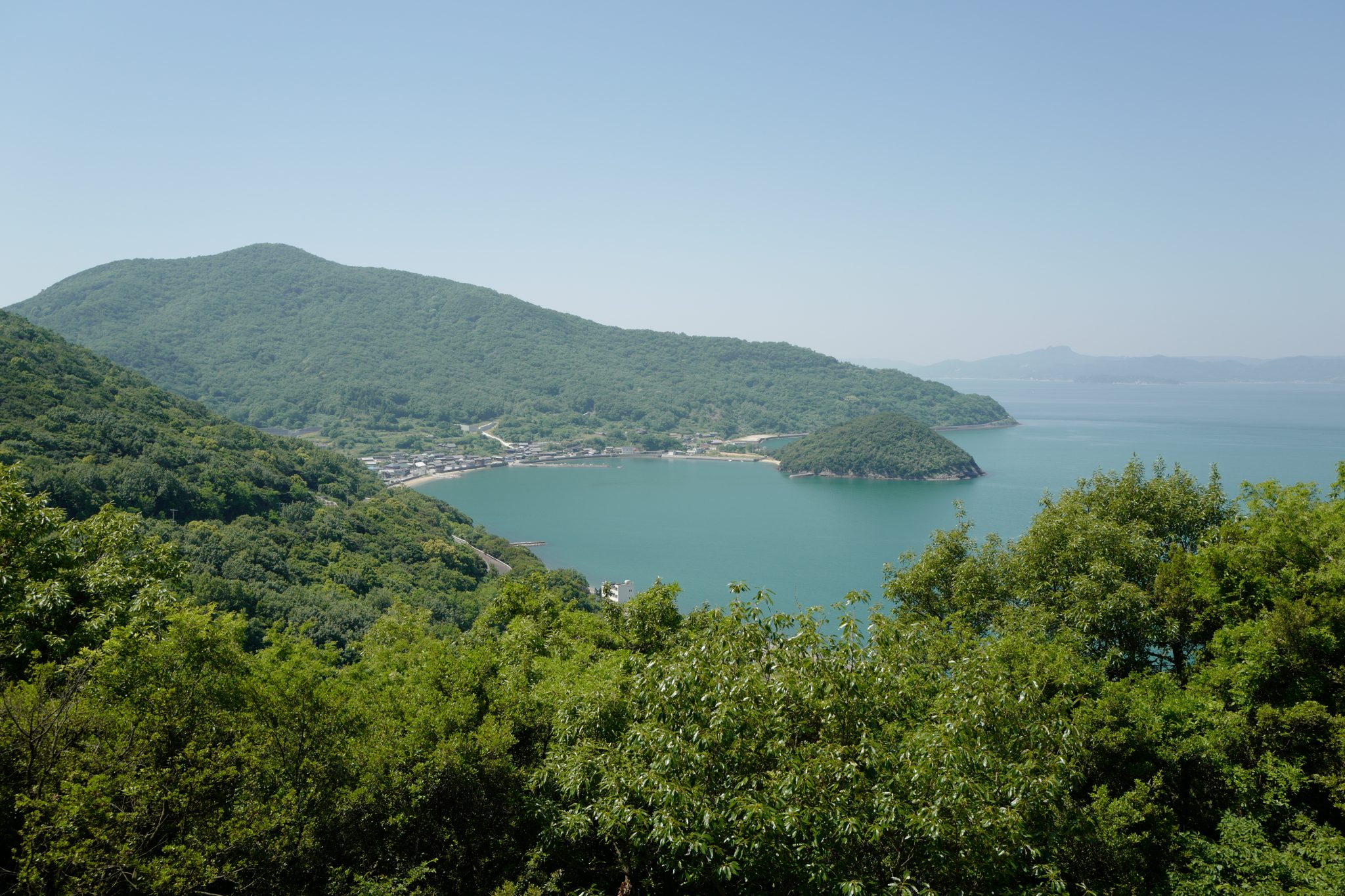
Outside a nice view to the bottom of the peninsula could be had.
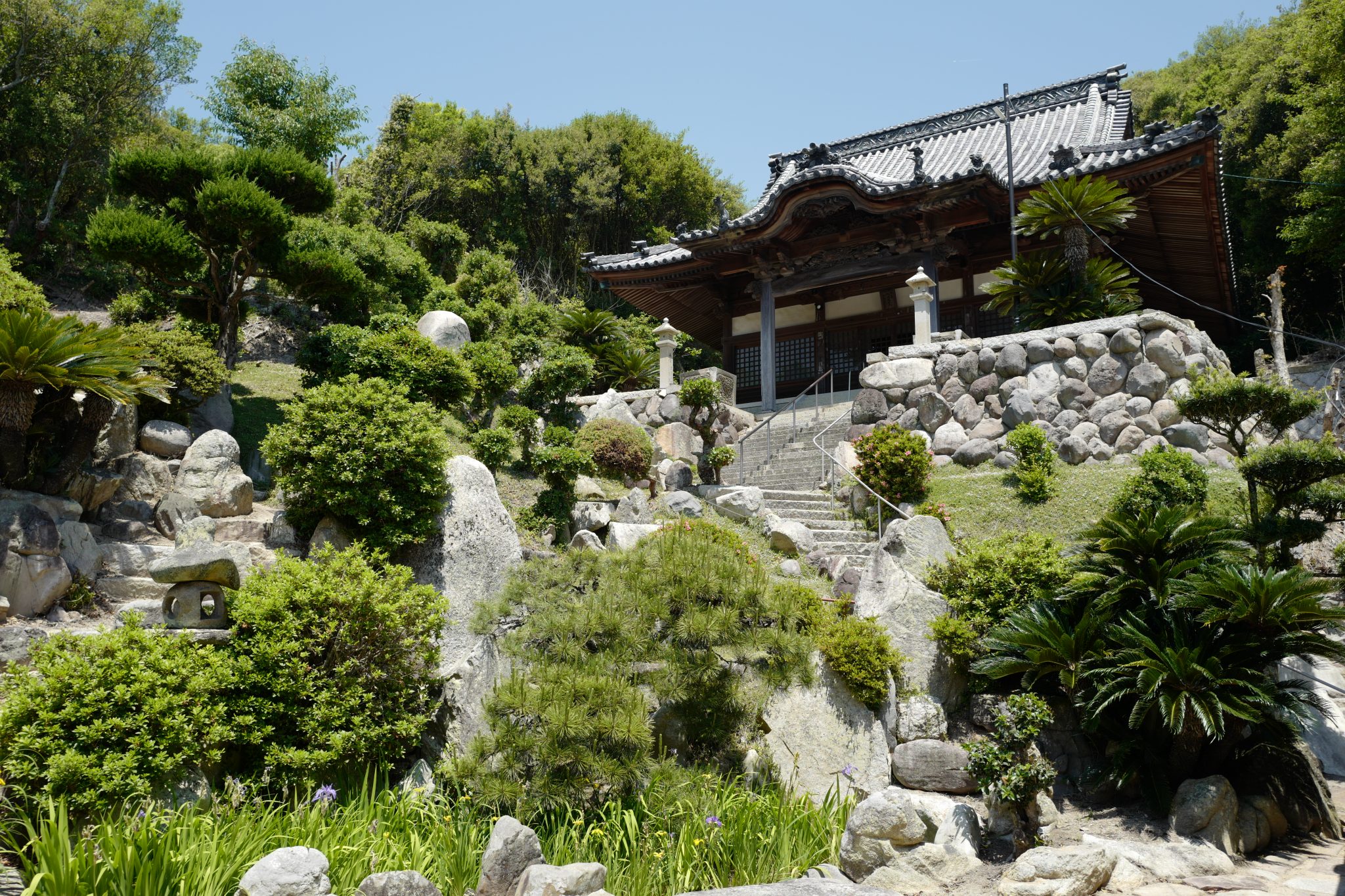

Now walking north, Shoho-ji (正法寺 – 30) was one of the more opulent temples I’d seen with the main hall being raised up above a nicely landscaped garden.
At Seigan-ji (誓願寺 – 31) I ran into another group of Henro doing the pilgrimage by car. I stood with them while they chanted the heart sutra. I imagine my days would have been a lot longer if I’d done that at every temple.
At a couple of the smaller temples along the coast, I noticed that someone had dressed the small statues up in bright blue bibs mirroring the colour of the sea opposite.
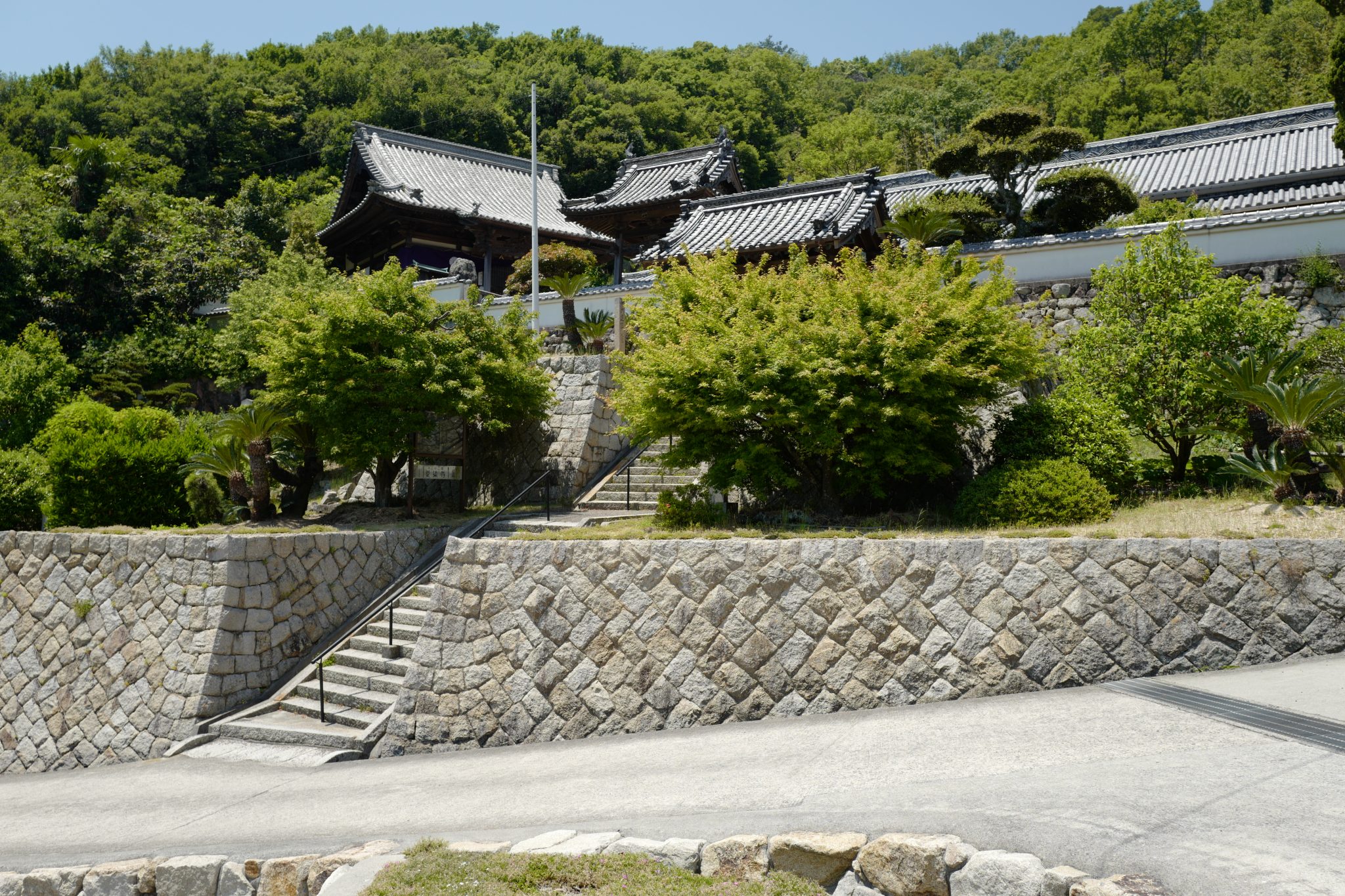
I reached Furusatomura Camping Ground (小豆島ふるさと村キャンプ場) where I planned to stay at noon. Since nobody was there yet I left my backpack inside the camp office and walked to Aizen-ji (愛染寺 – 32) nearby before having lunch at the michi-no-eki across the road.
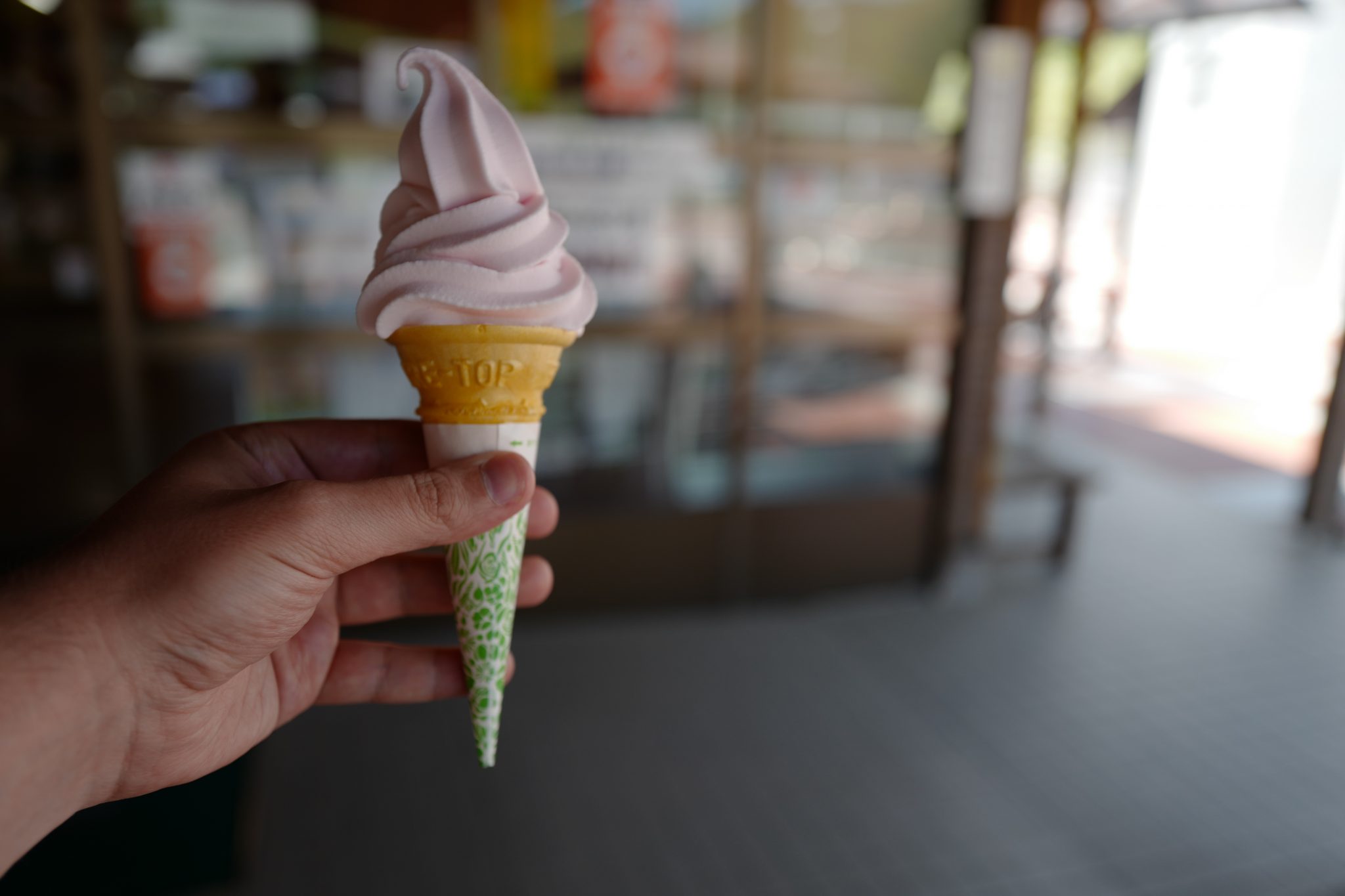
Afterwards, I walked over the hill and through a short tunnel to the next town. On the corner here is Kokuminshukusha Shoudosima (国民宿舎 小豆島) where you could stay if you weren’t camping.
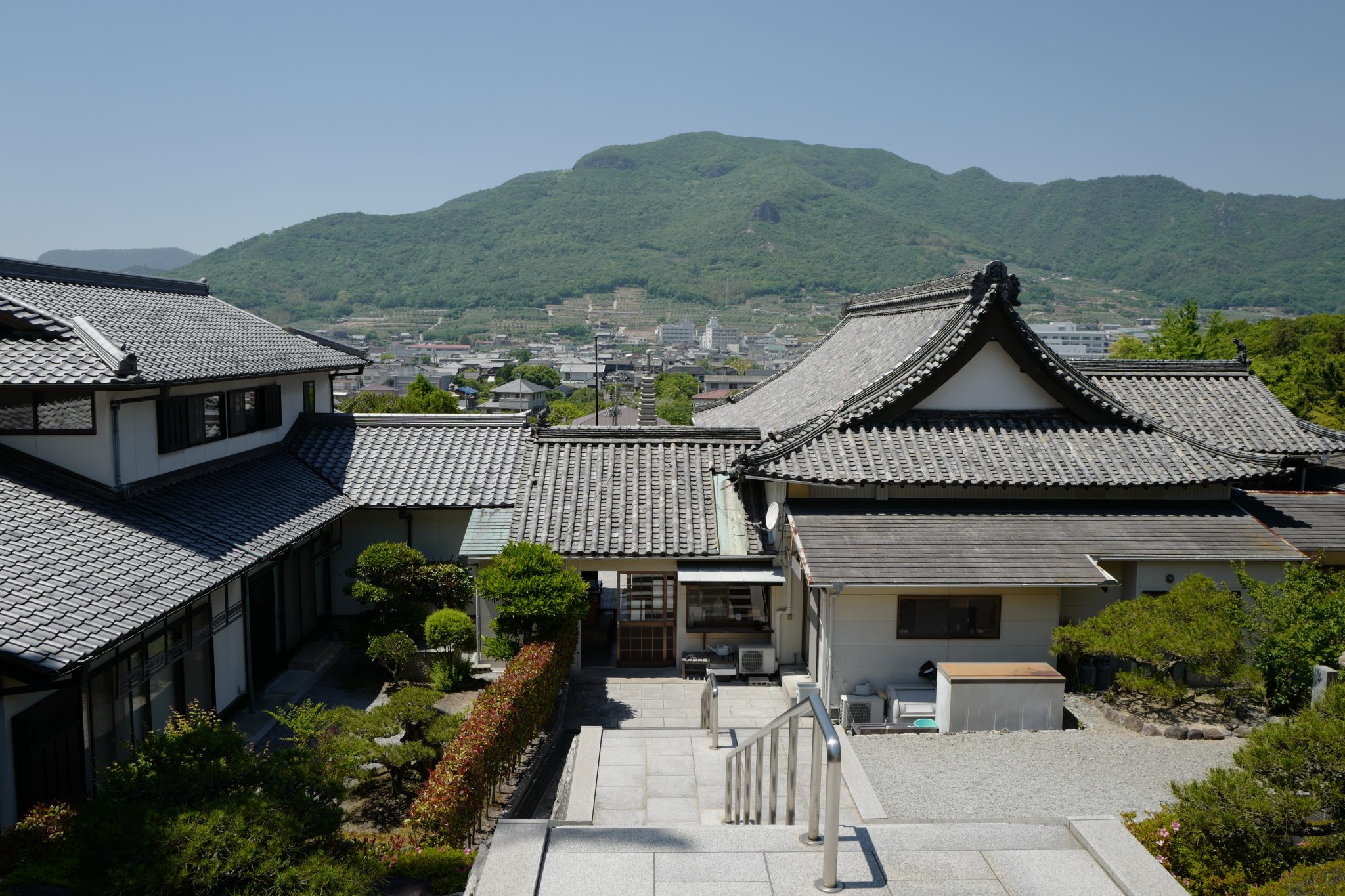
Chousyo-ji (long victory) (長勝寺 – 33) was another large and opulent complex. The staff gave me a very salty tea which probably wasn’t the best thing to drink on such a hot day. From here I could see the large mountain ahead which I would need to submit before the day was over which was a little daunting.
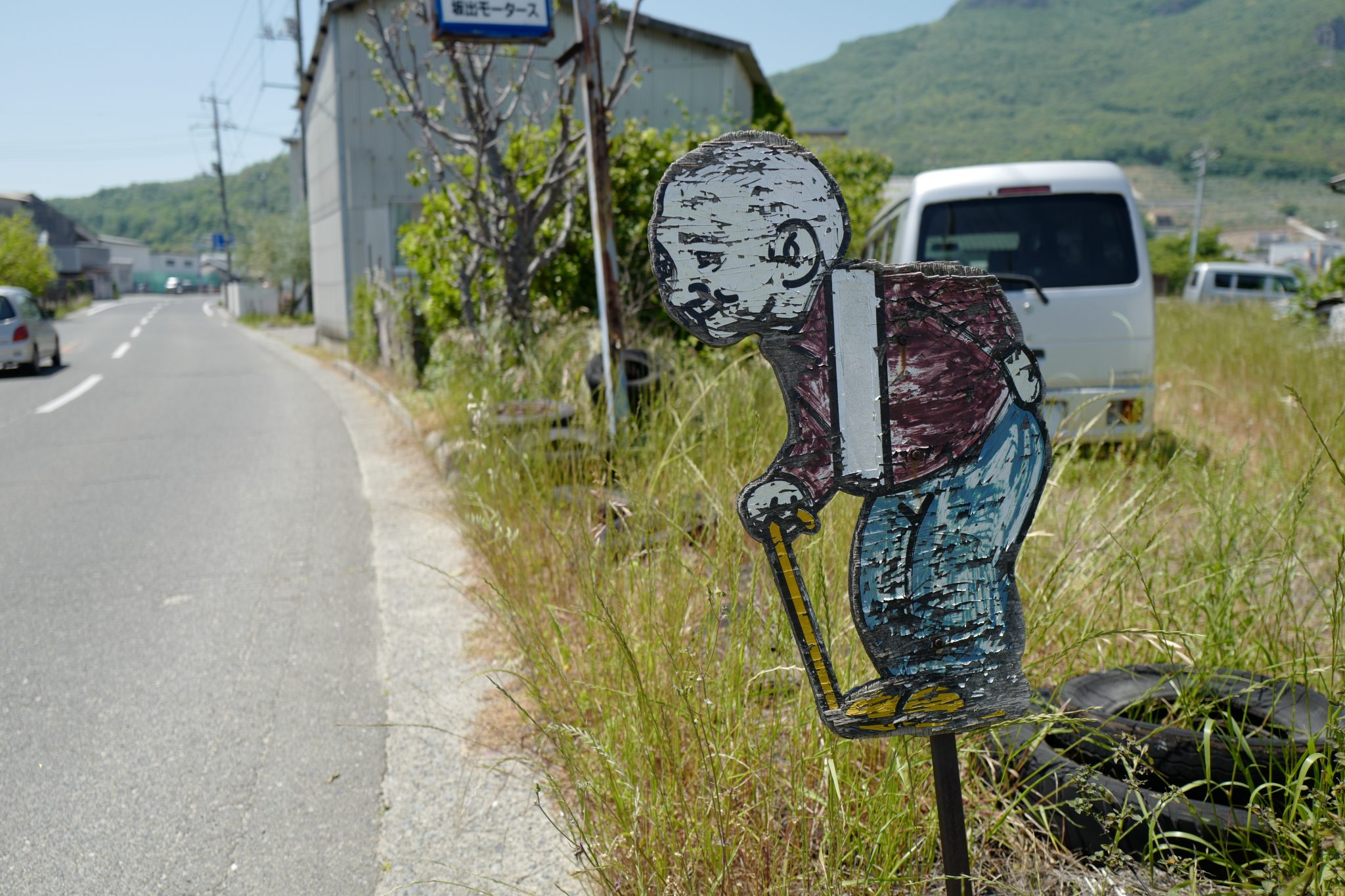
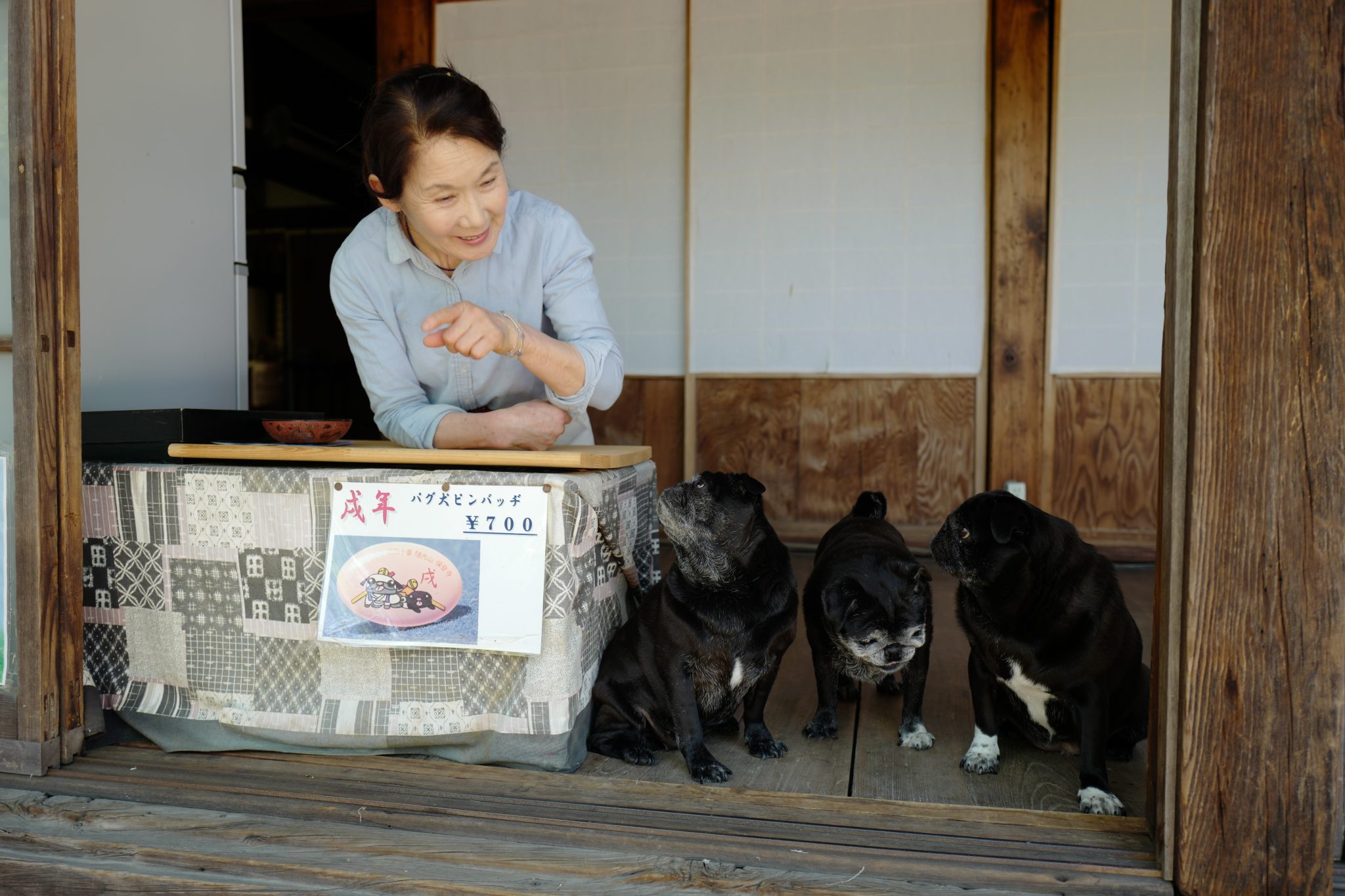
On the other side of the town, I visited Houan-ji (保安寺 – 40) where the lady running the place had turned her pet pugs into mini-celebrities; photos of them wearing Buddhist robes and badges bearing their likeness were on sale. All three were in attendance when I got my book stamped!
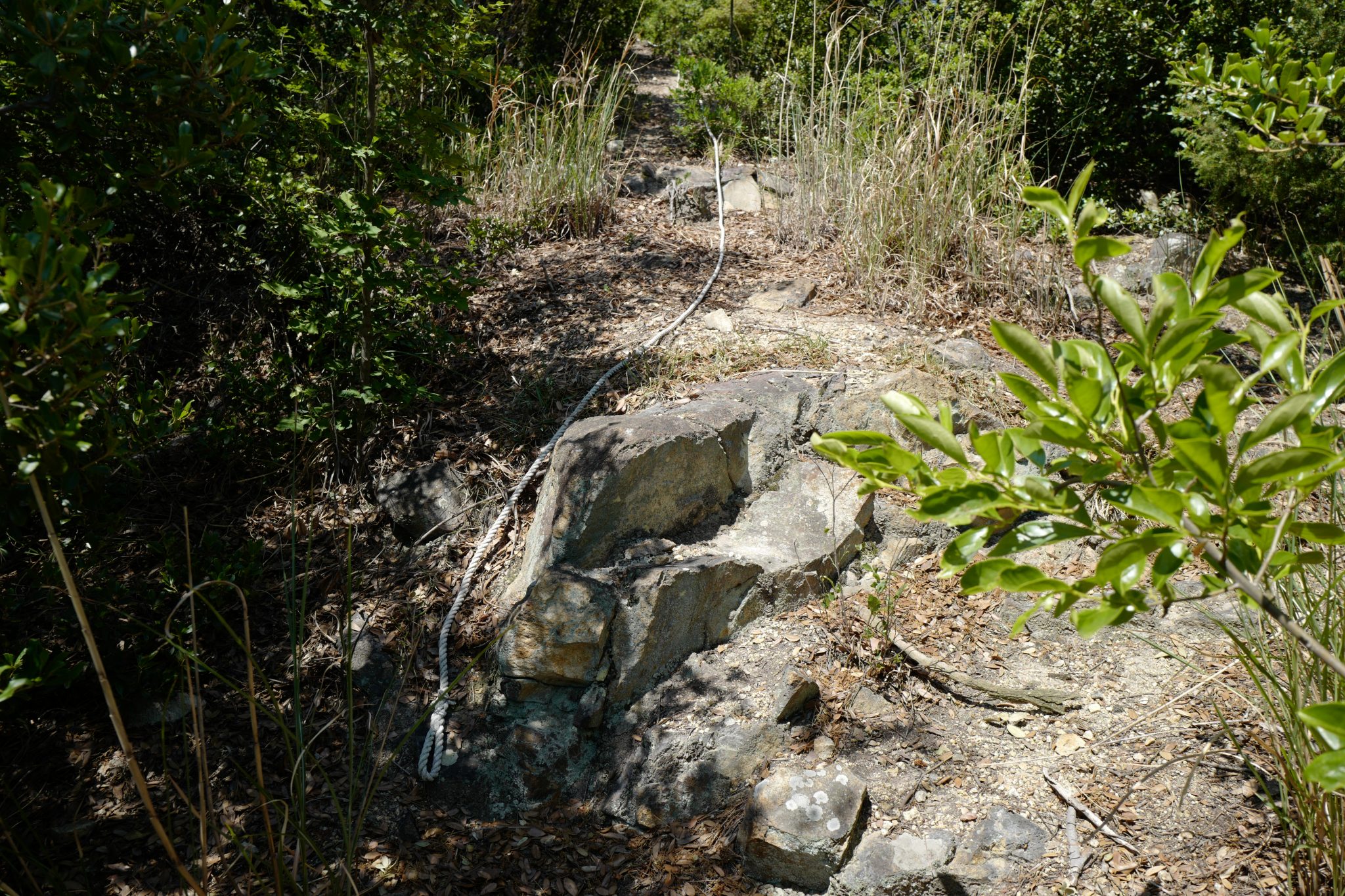
The trail up the mountain begins immediately behind Houan-ji, with the steepest sections requiring ropes to pull yourself up. If that’s too much, you could walk the long way up the road instead.
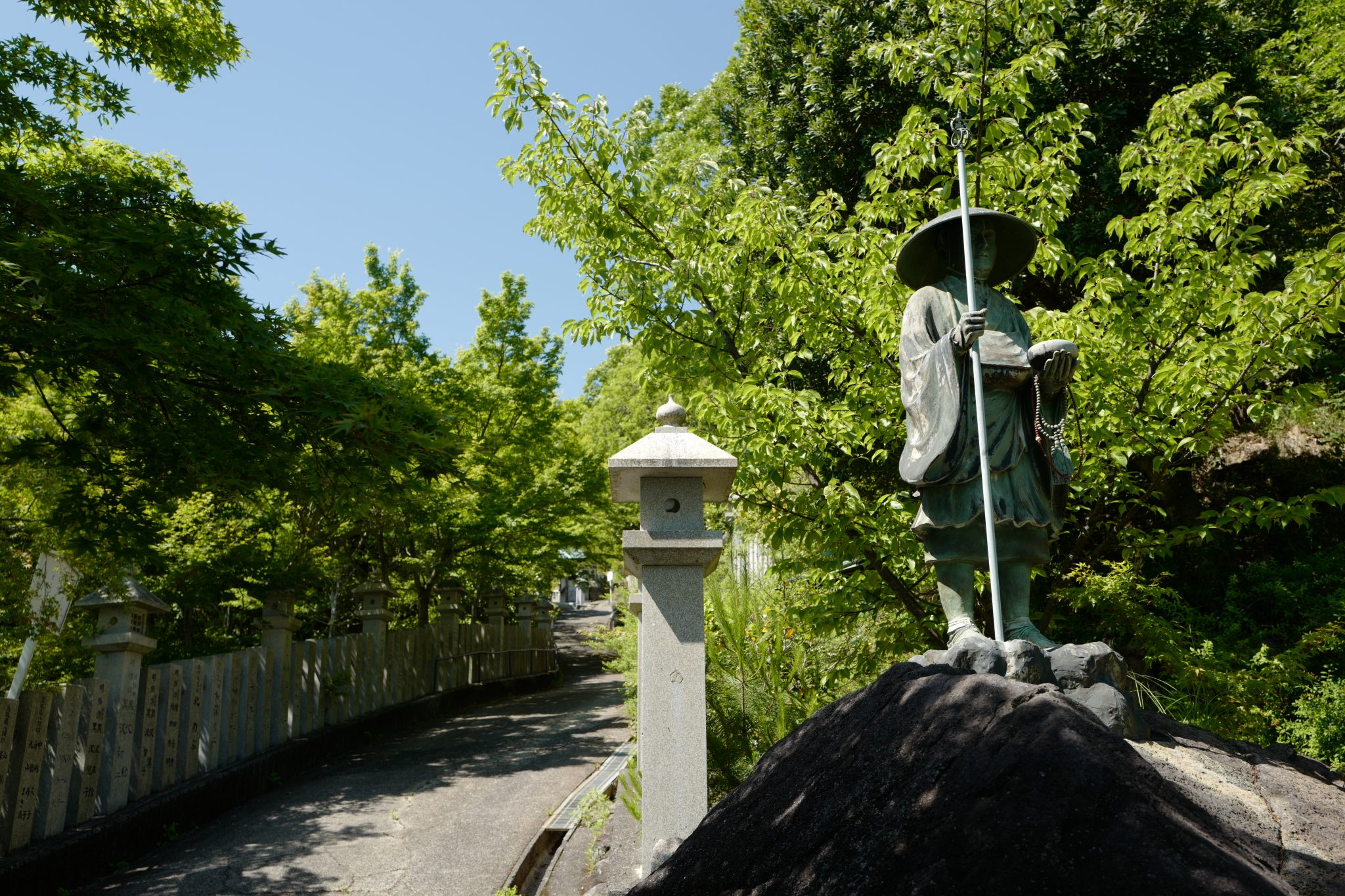
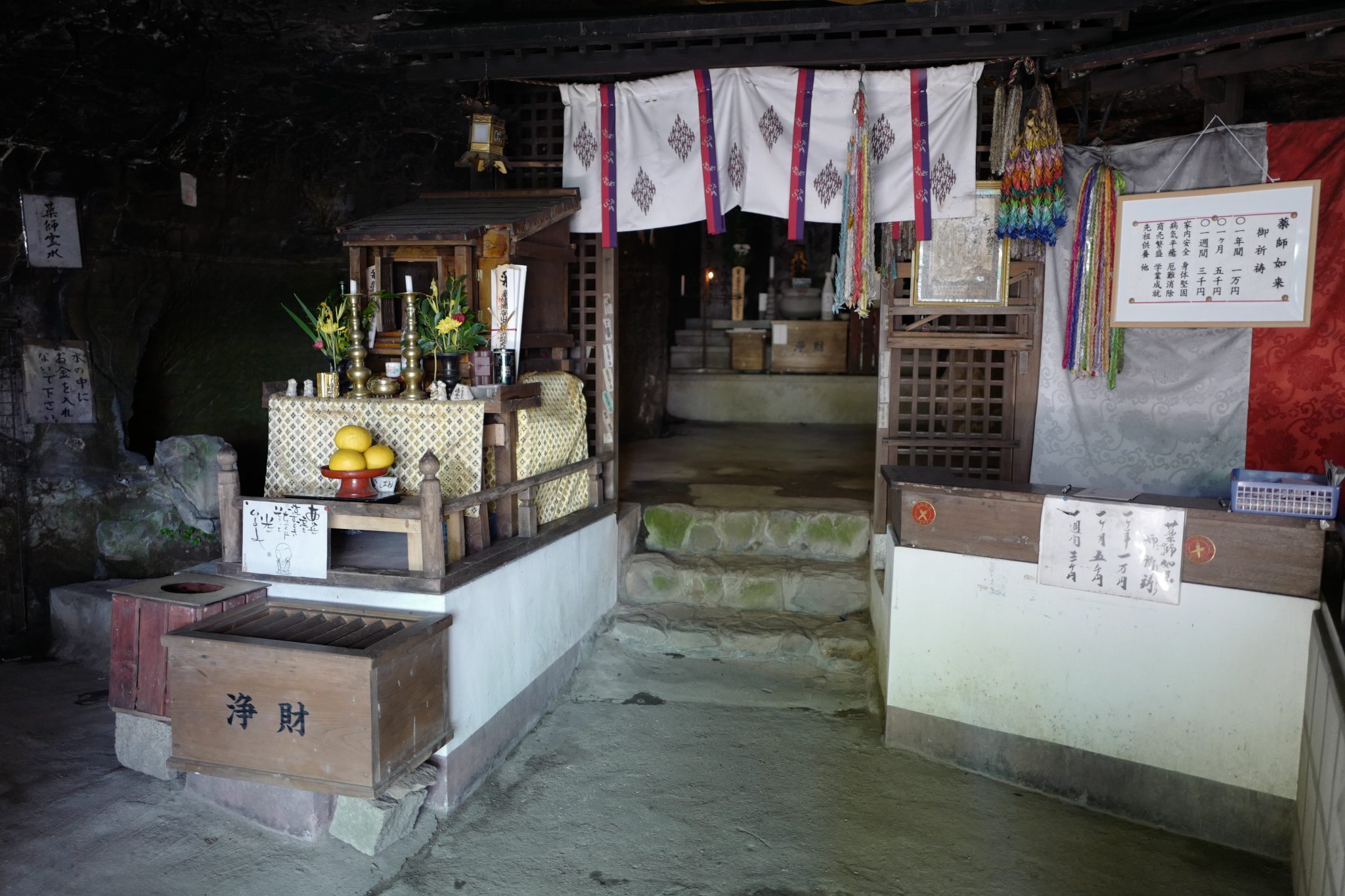
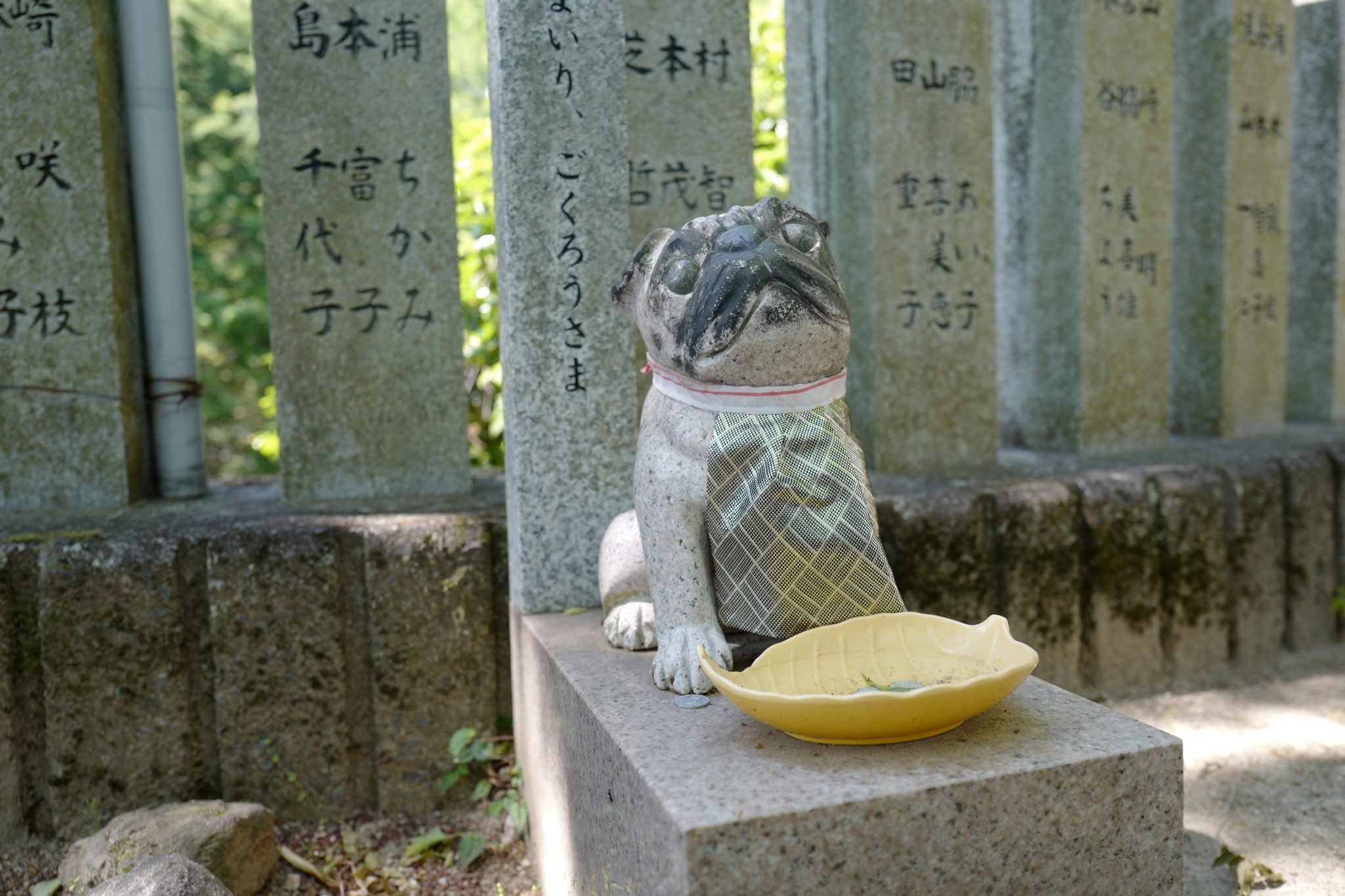
I reached Bukkoku-san (佛谷山 – 41) at 2.20 pm. The main hall is built into the mountainside and I was surprised to find more photos and even a statue of the pugs. Here I bumped into the taxi henro again who were surprised at my progress. They were in a bit of a rush to complete the pilgrimage so were hurrying between temples.
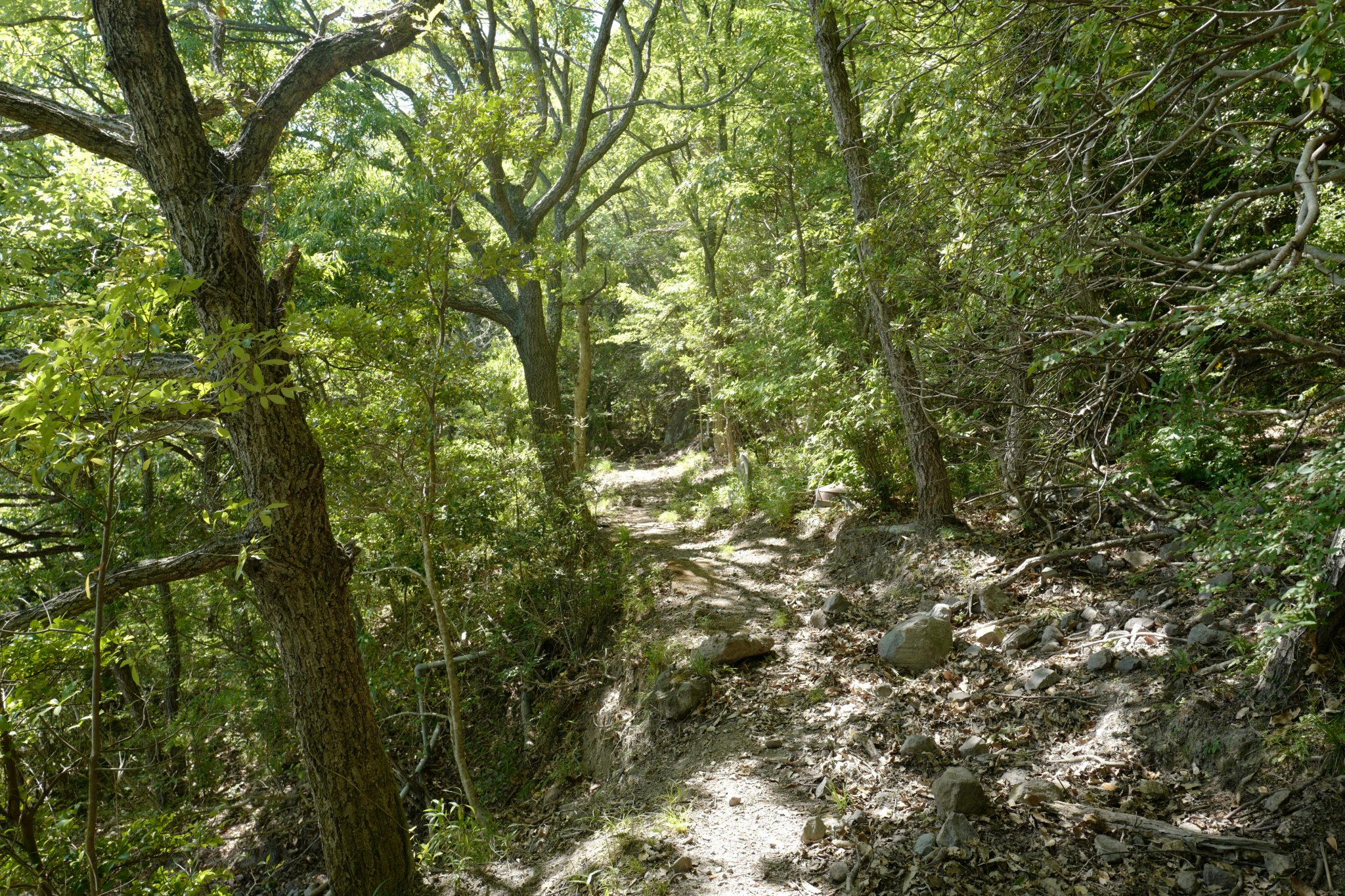
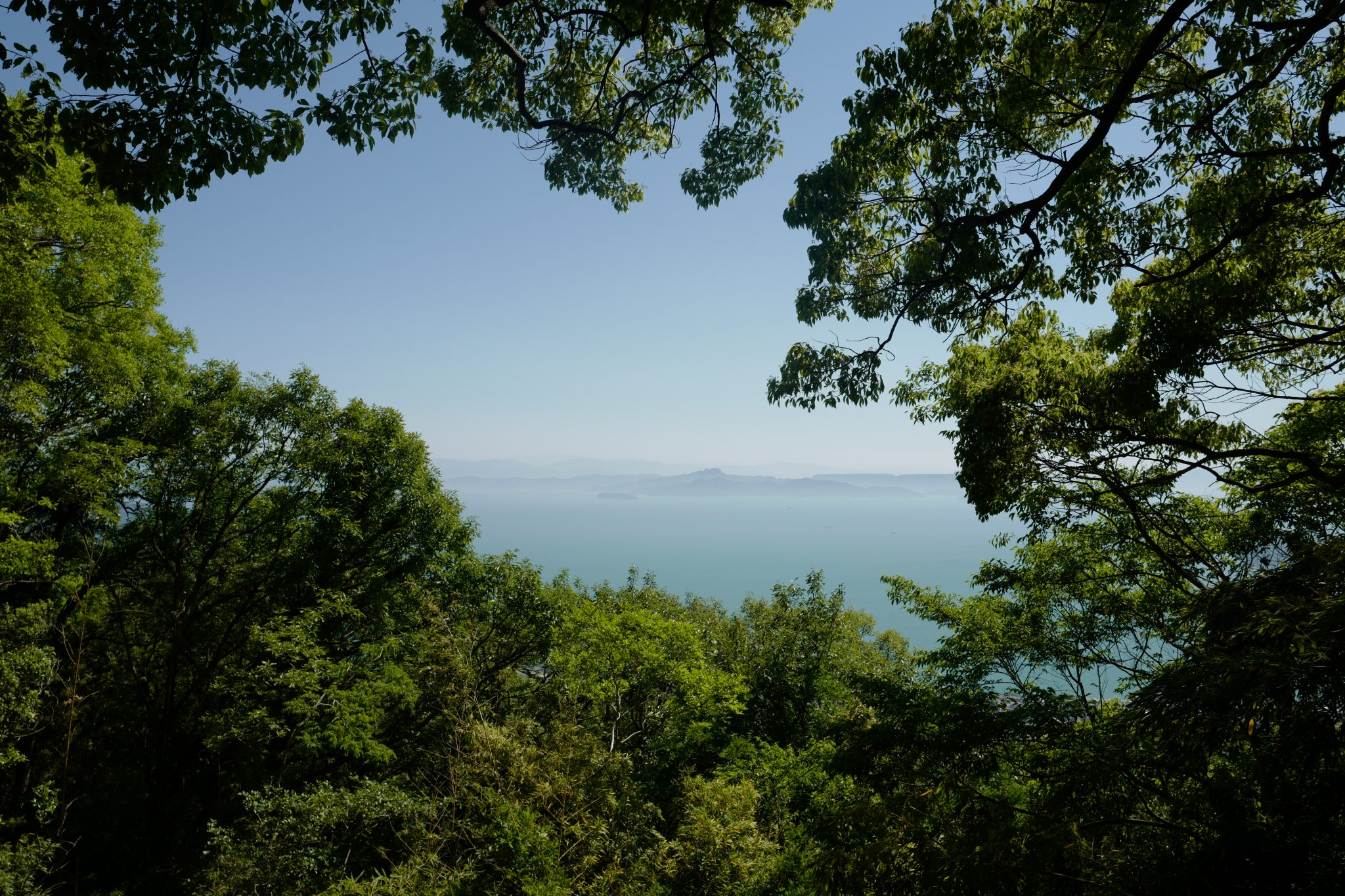
The hike to Nishino-taki (西の瀧 – 42) follows the contours of the mountain and has a couple of really nice viewpoints along the way. The weather couldn’t have been better!
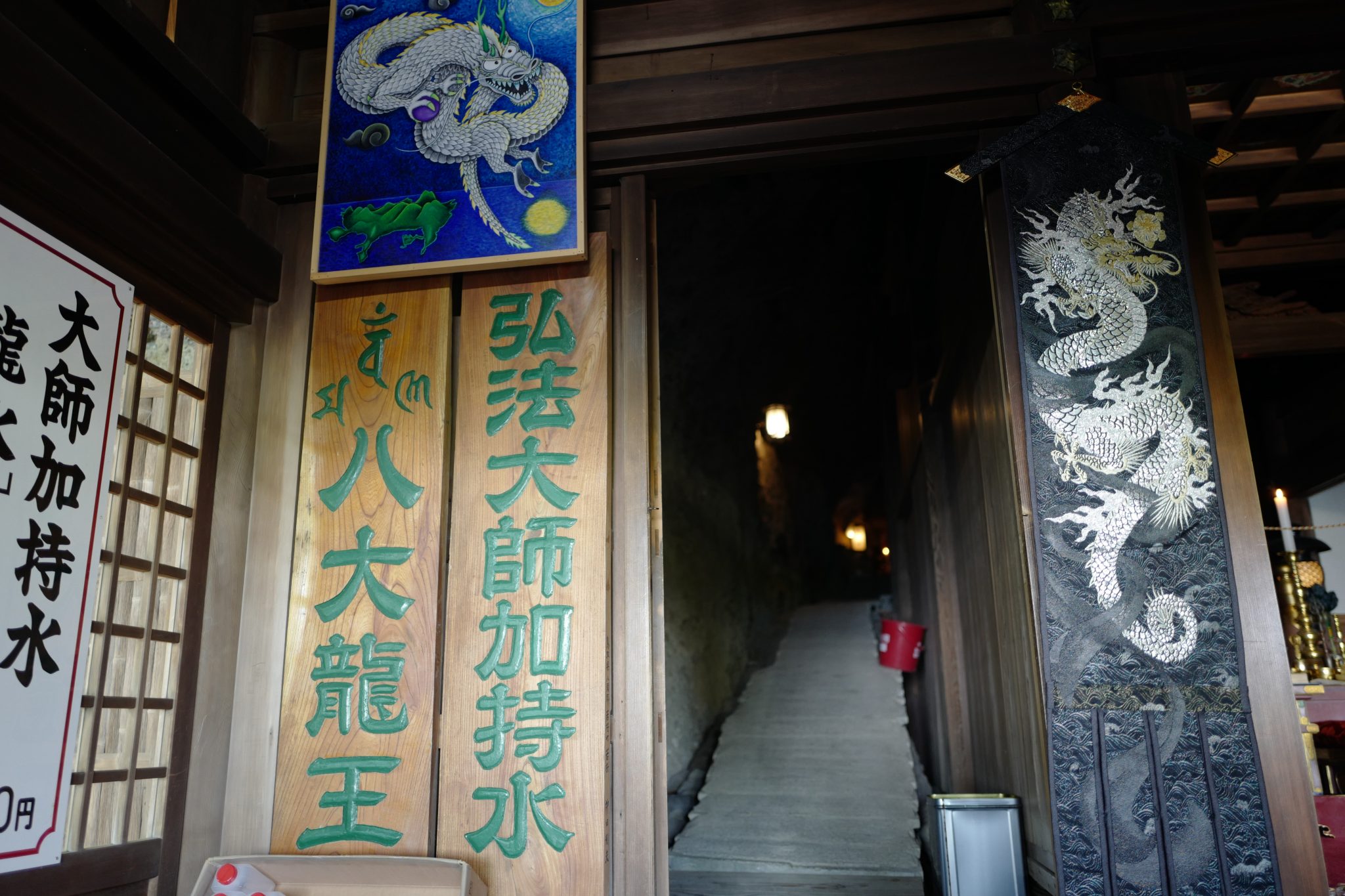
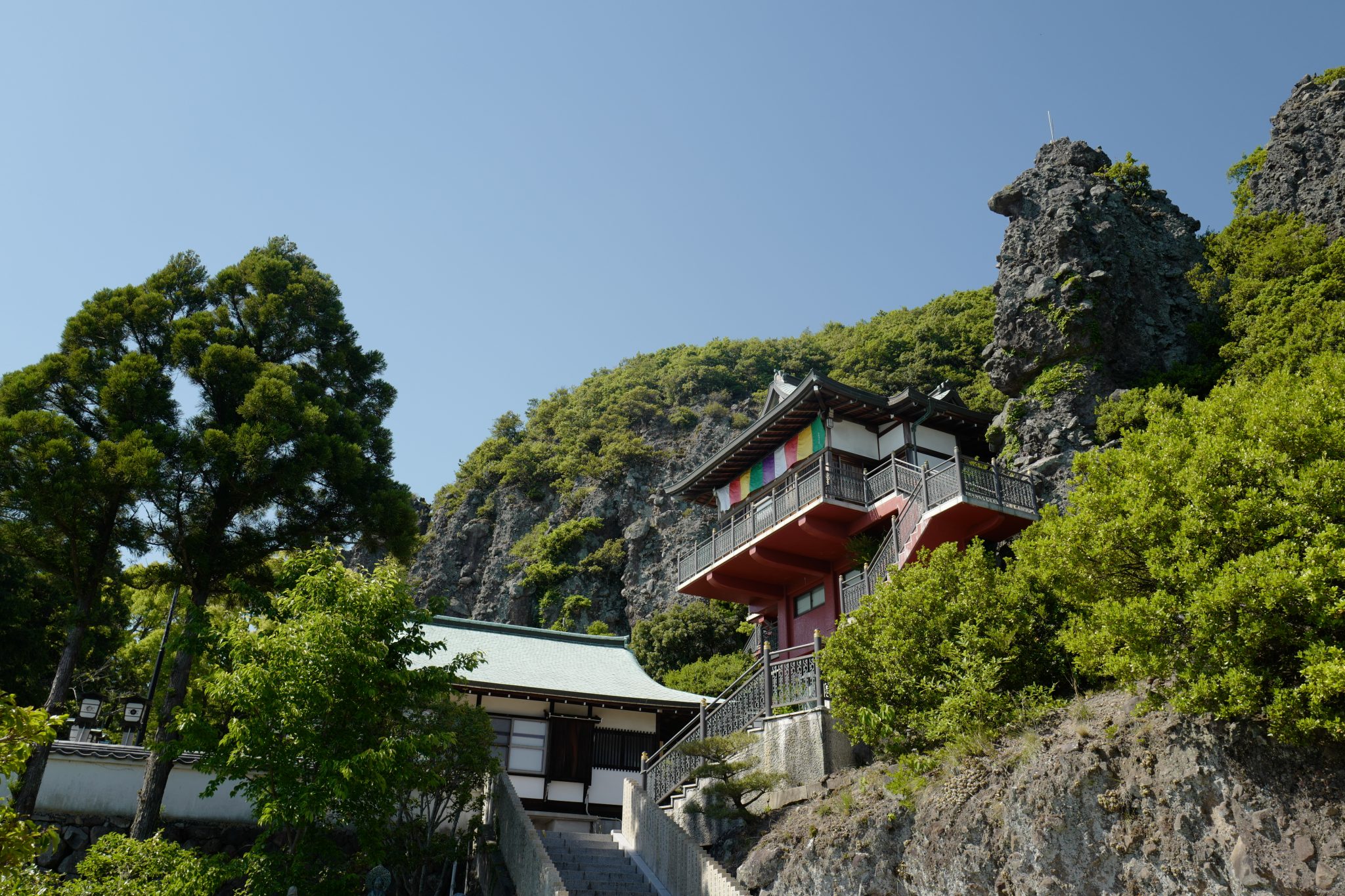
A secret tunnel accessed from the left side of the main hall of Nishino-taki leads through the mountain to a tower higher up where a monk was giving a short lecture to a group of car henro who I’d bumped into earlier in the day.

At the end of his talk, the monk prayed for each person then we went outside to see the amazing views from the balcony of the tower. You can see Shikoku in the distance.
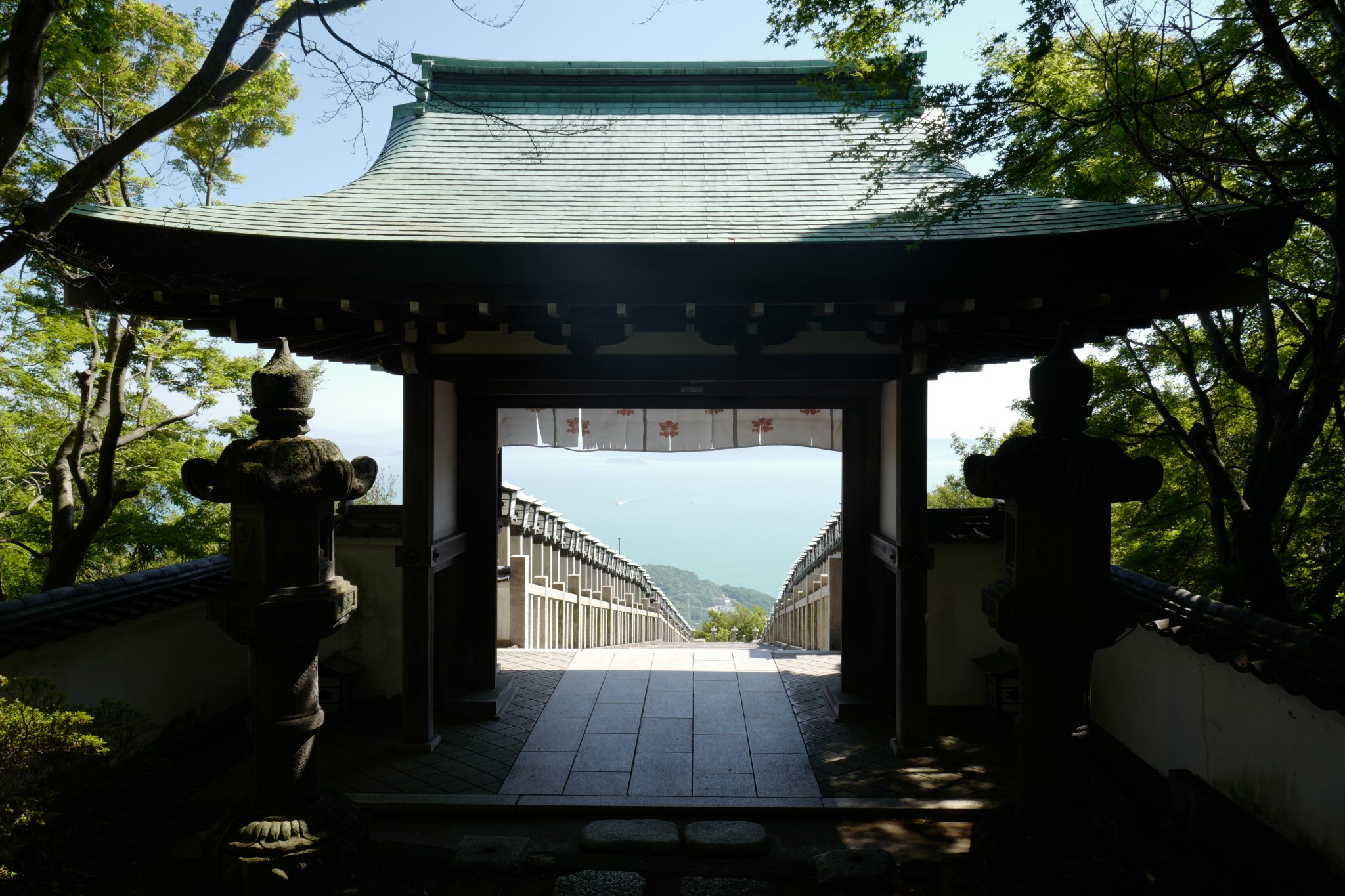
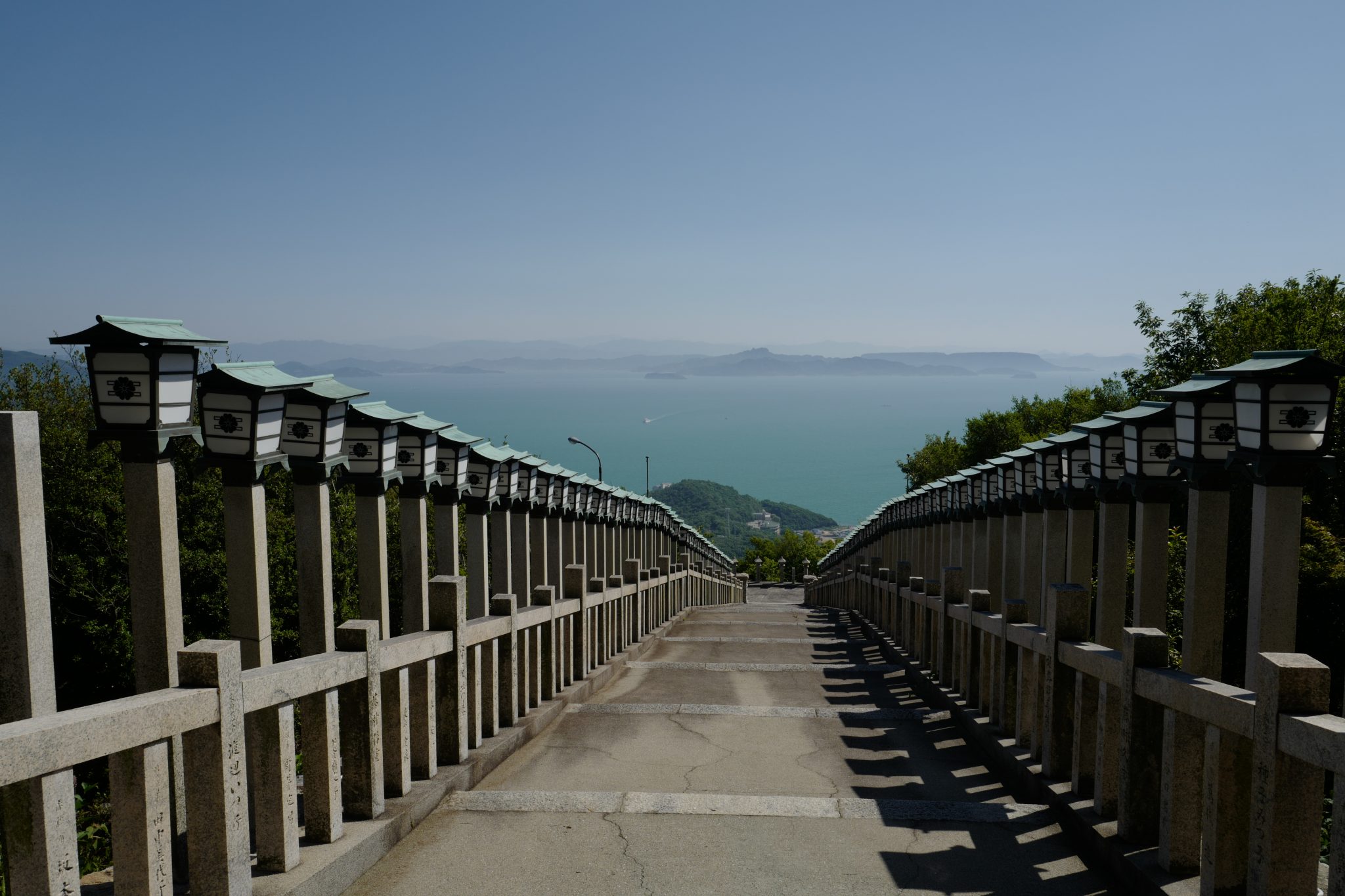
The gate to the entrance of the temple beautifully frames the view of the ocean on the horizon, beyond which a stone staircase lined with lanterns leads down to the road.
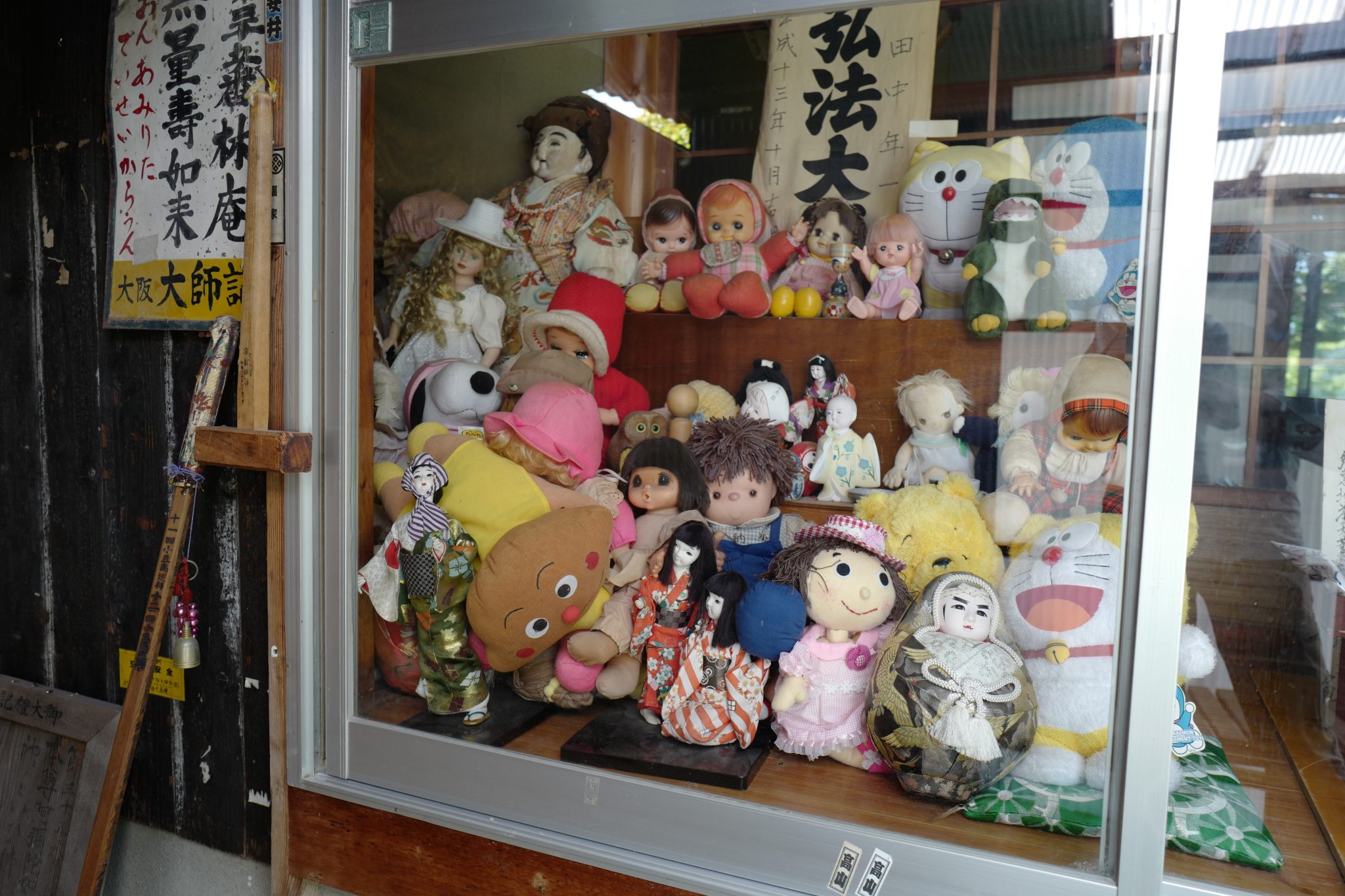
After descending from the mountain, I ended the small Hayashi-an (林庵 – 35) only to find a window full of faded children’s dolls staring back at me. The line between cute and creepy had definitely been crossed!
I met the group of taxi Henro once again at Matsukaze-an (松風庵 – 39) and Koumyou-ji (光明寺 – 38). Their driver kindly told me about the Futaba (フタバ) supermarket next to the hospital. There wasn’t much choice so I ended up making sandwiches for dinner again.
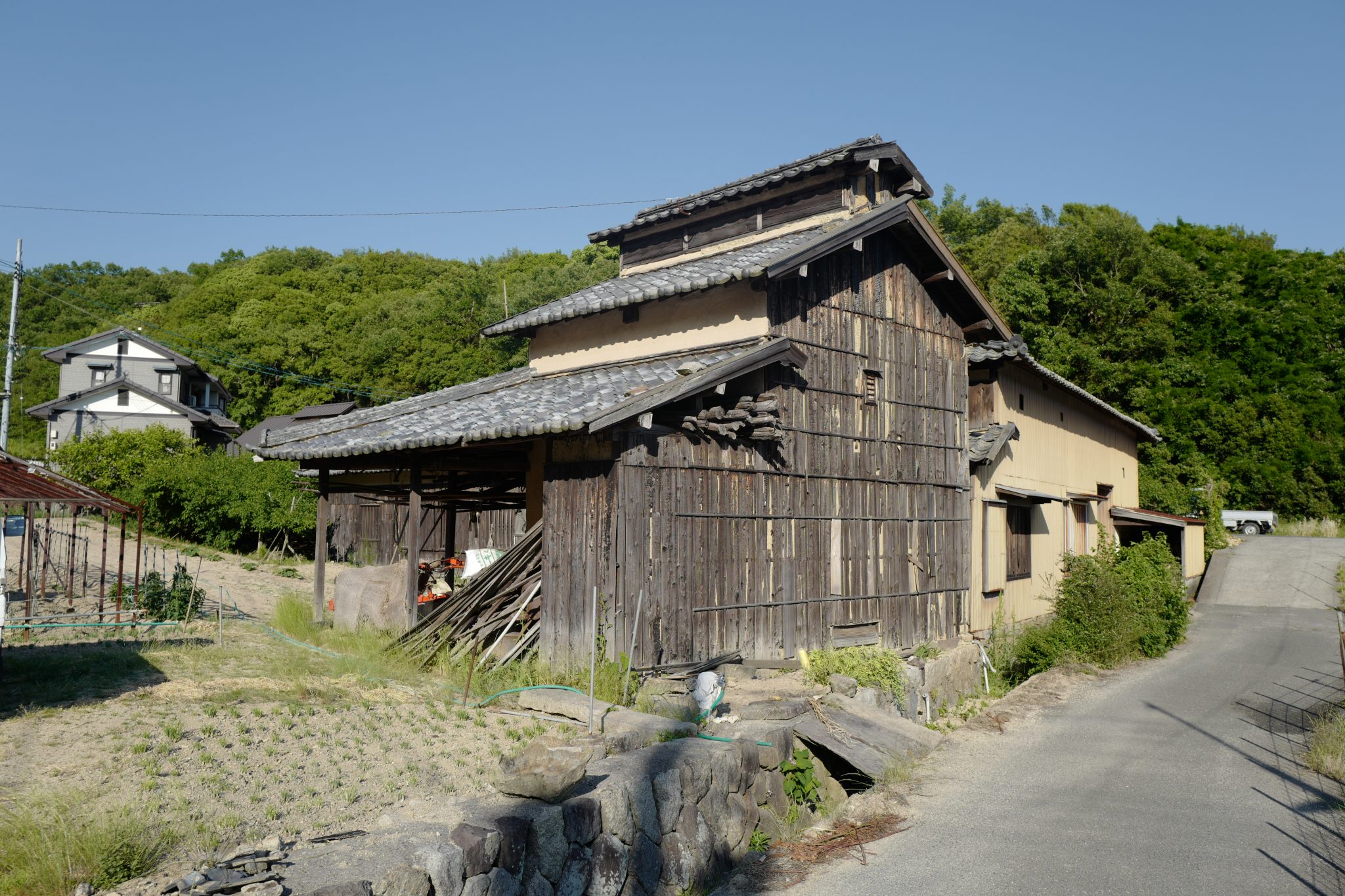
Arriving back at the campsite shortly before 5 pm, the staff guided me through the rules which they had kindly translated into English, most of which related to separating the trash for recycling! Luckily the campsite has hot showers and a coin laundry which were much appreciated.
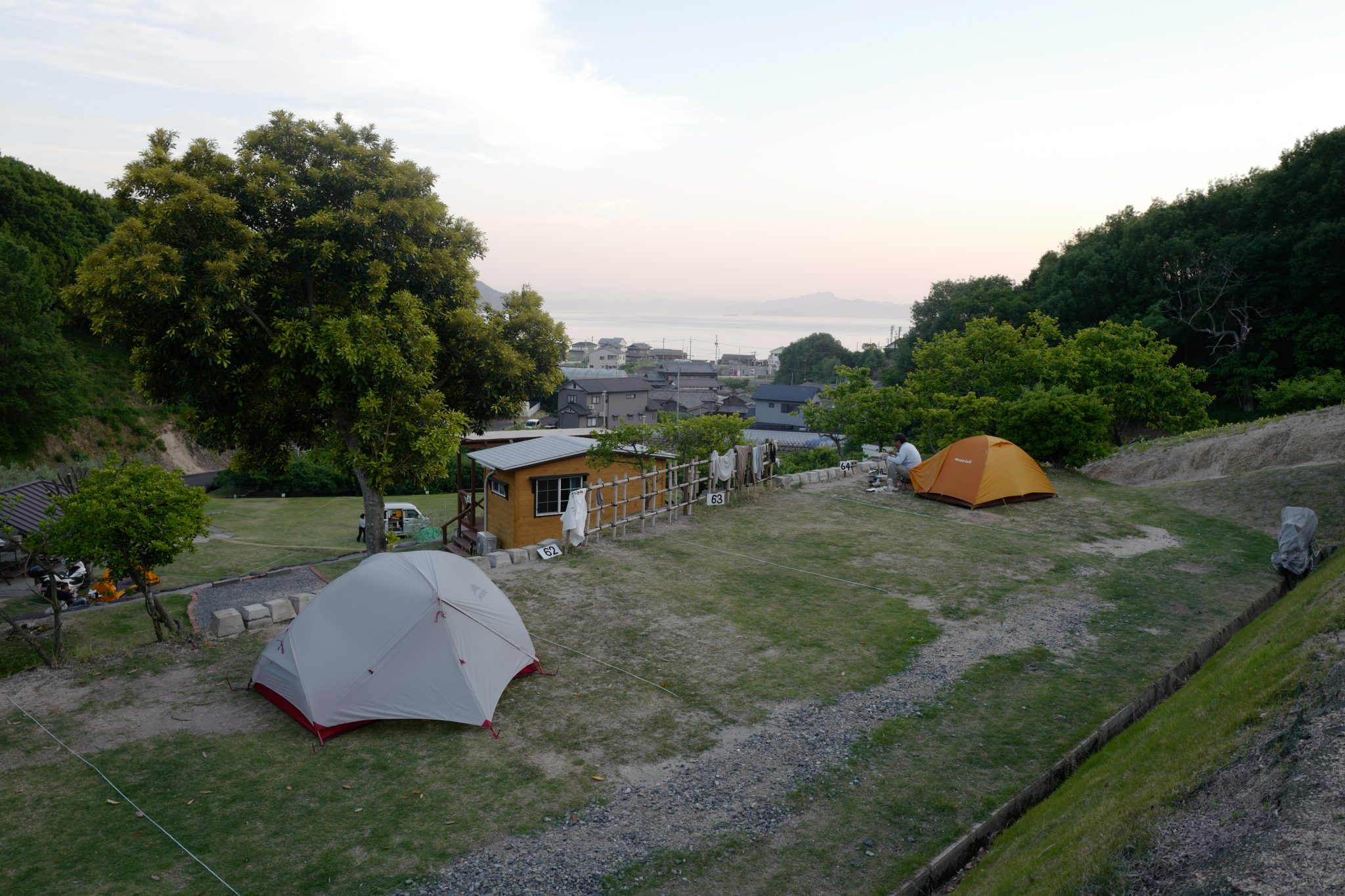
The campsite had half a dozen or so people staying although it has capacity for a lot more. My neighbour was travelling by bicycle around the island and couple of others had motorbikes.
I ate my simple dinner watching the sunset over the sea before retiring to my tent to listen to podcasts before attempting to get some sleep.
Information
- Distance walked: 31.3km / 39,026 steps
- Temples visited: 14
- Accommodation nearby:
- Furusatomura Camping Ground (小豆島ふるさと村キャンプ場) – where I stayed
- Kokuminshukusha Shoudosima (国民宿舎 小豆島)
- Frequently asked questions


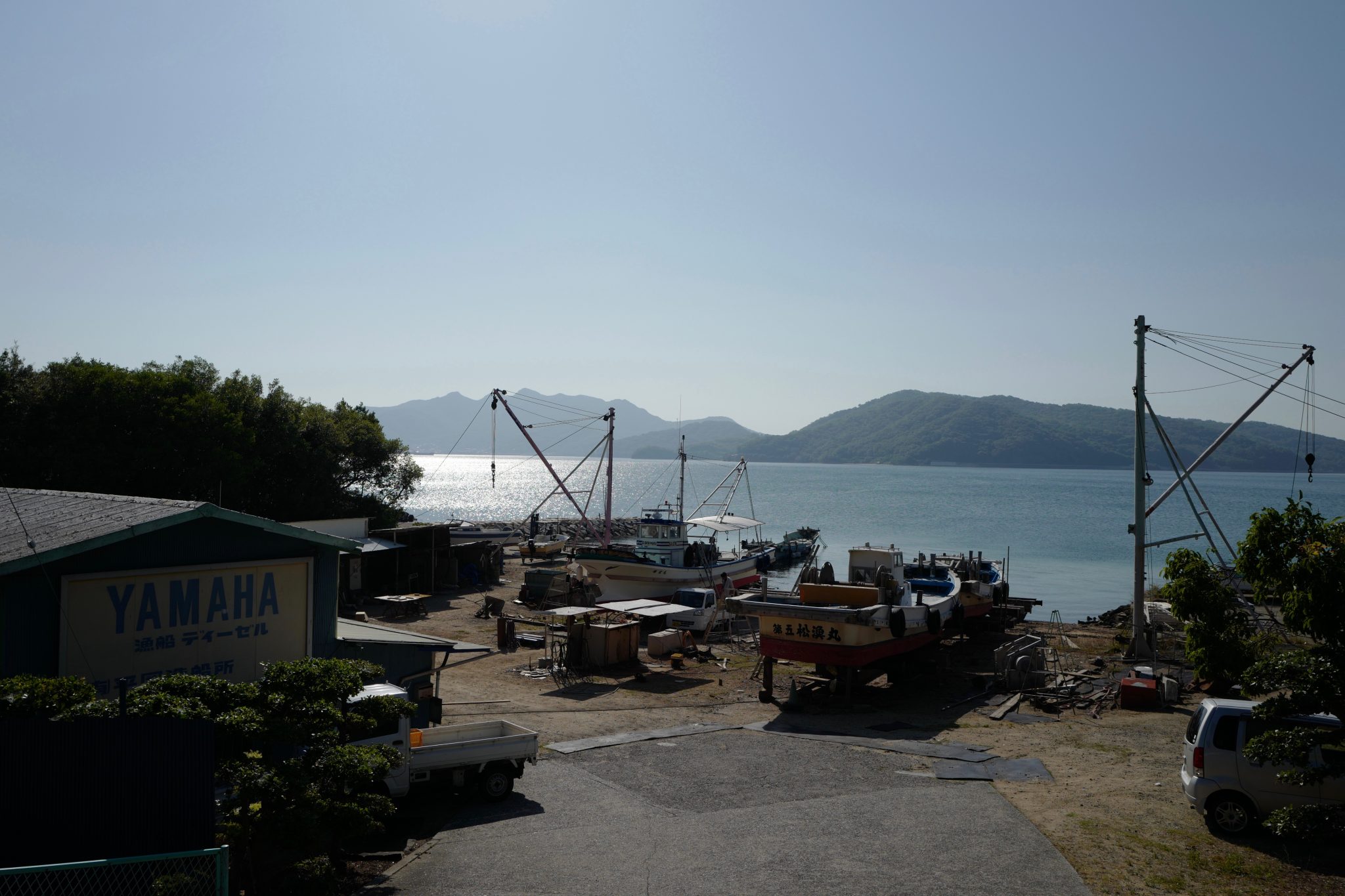
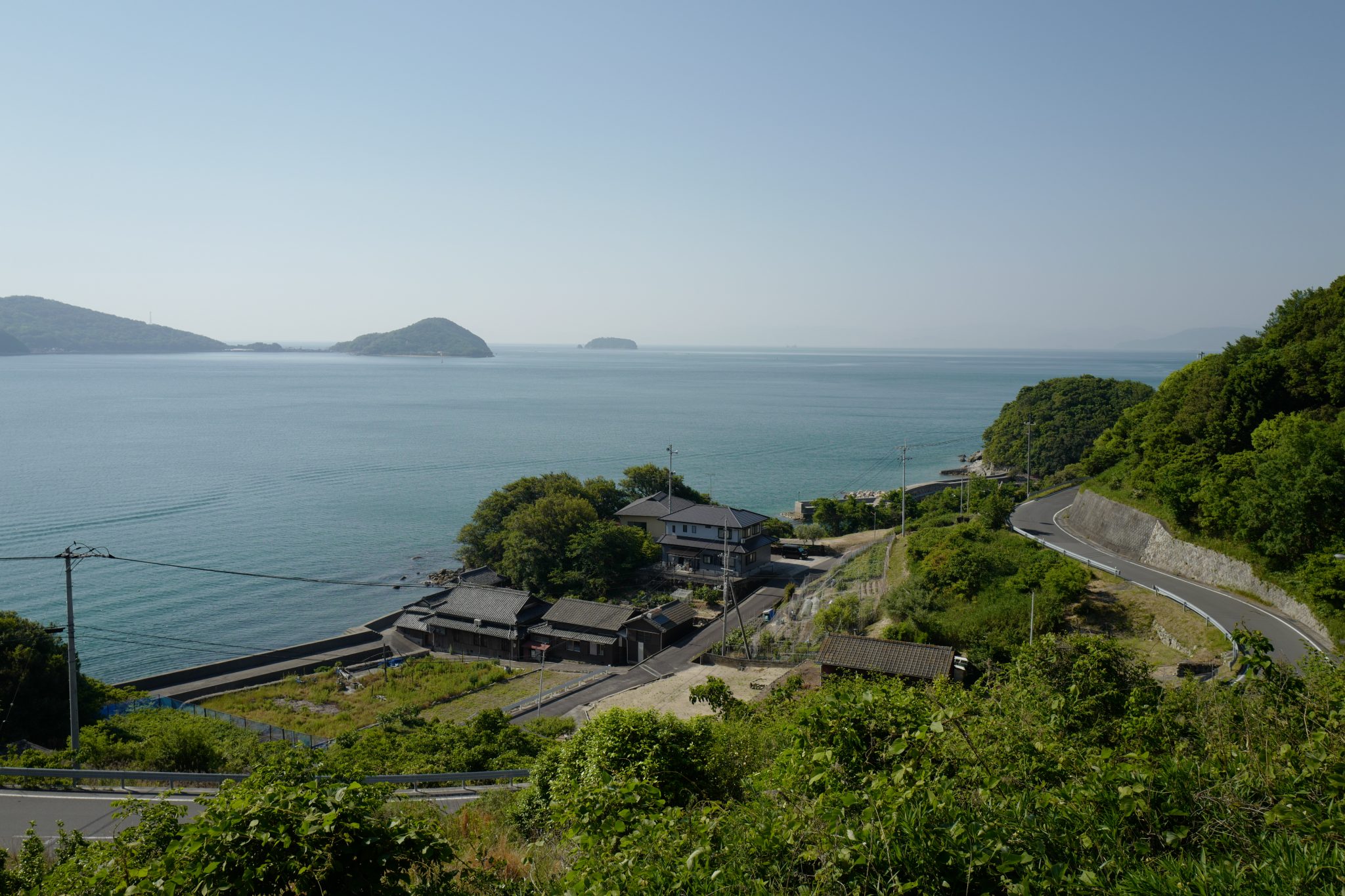
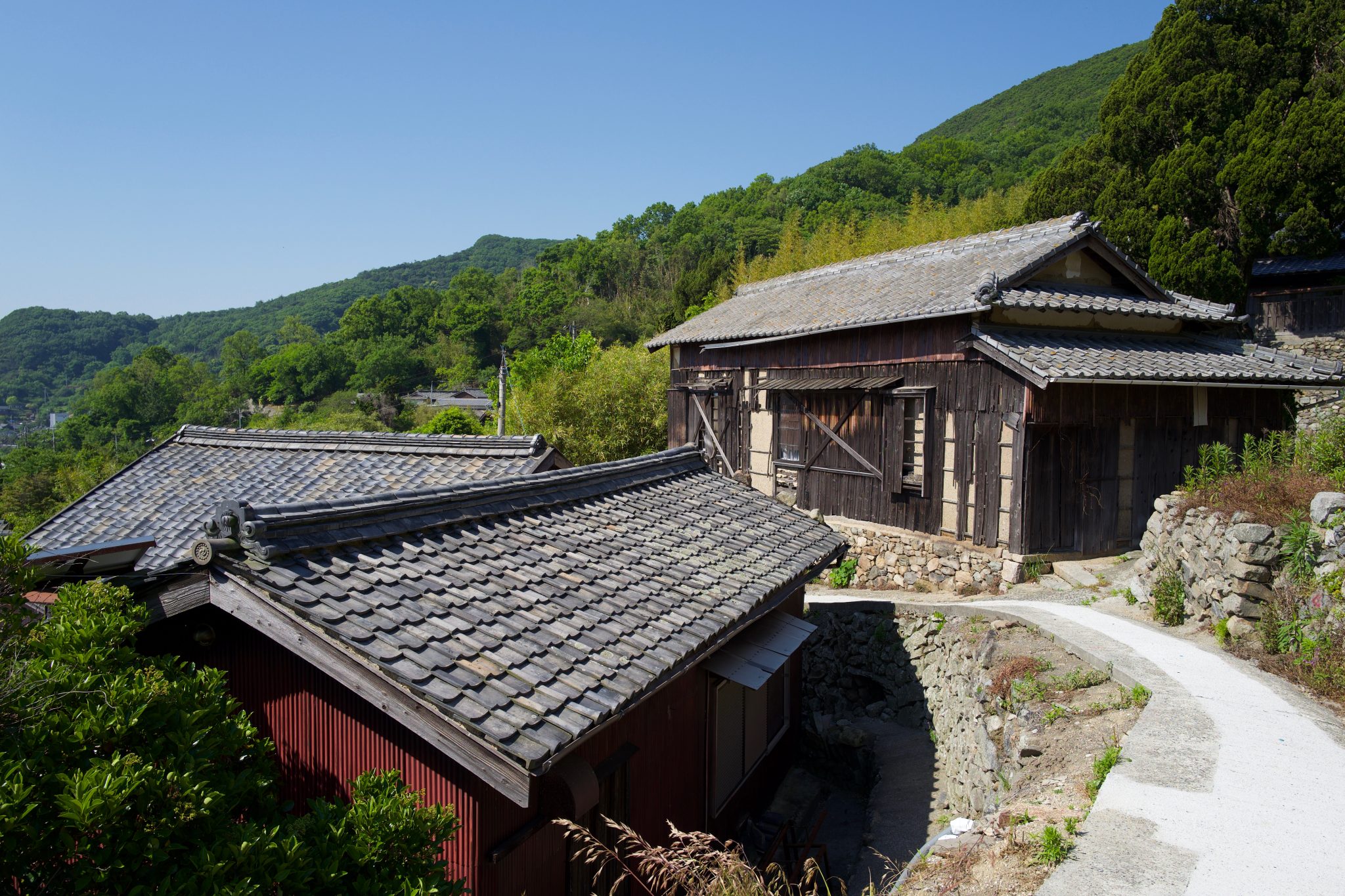
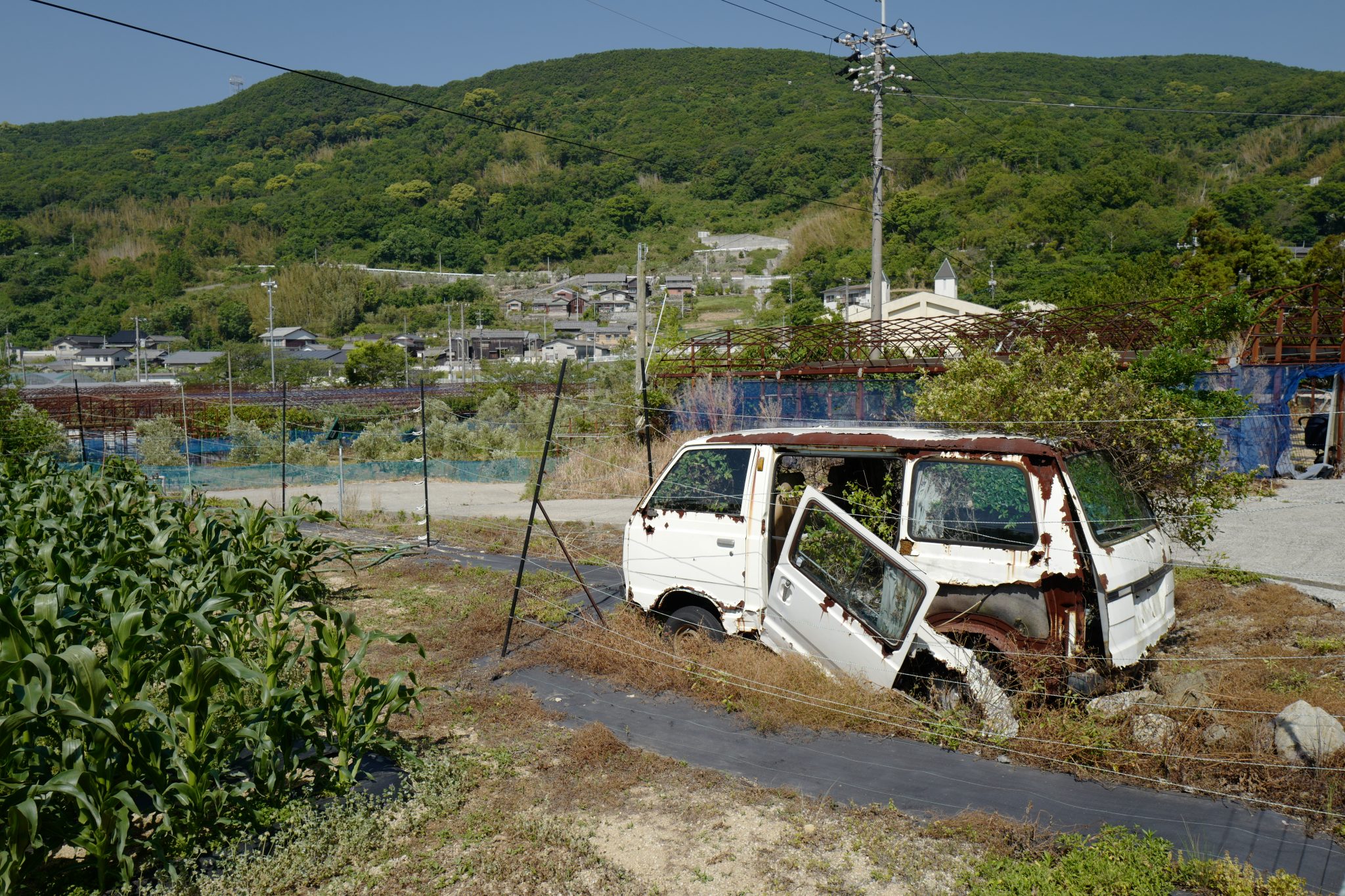
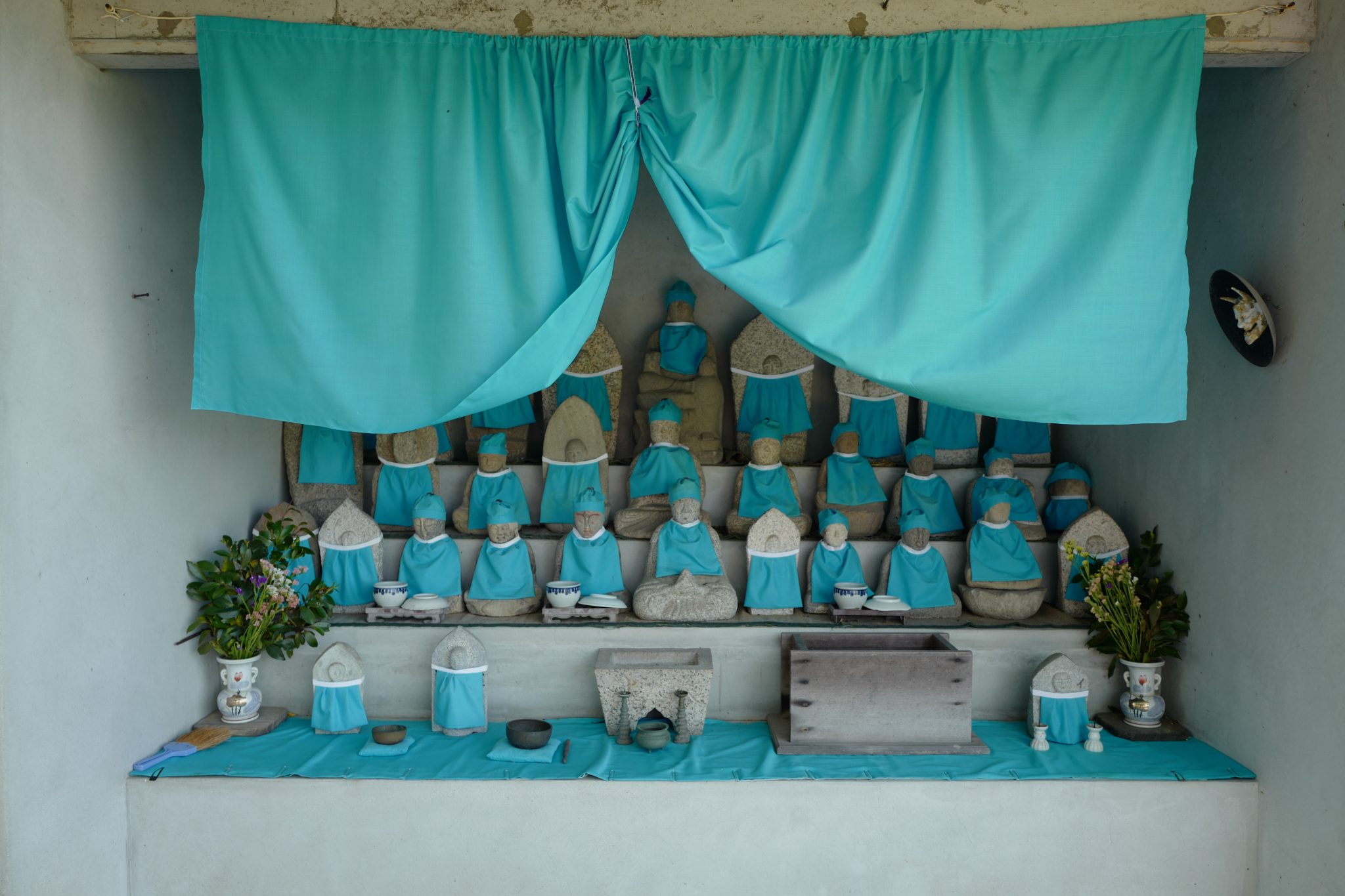
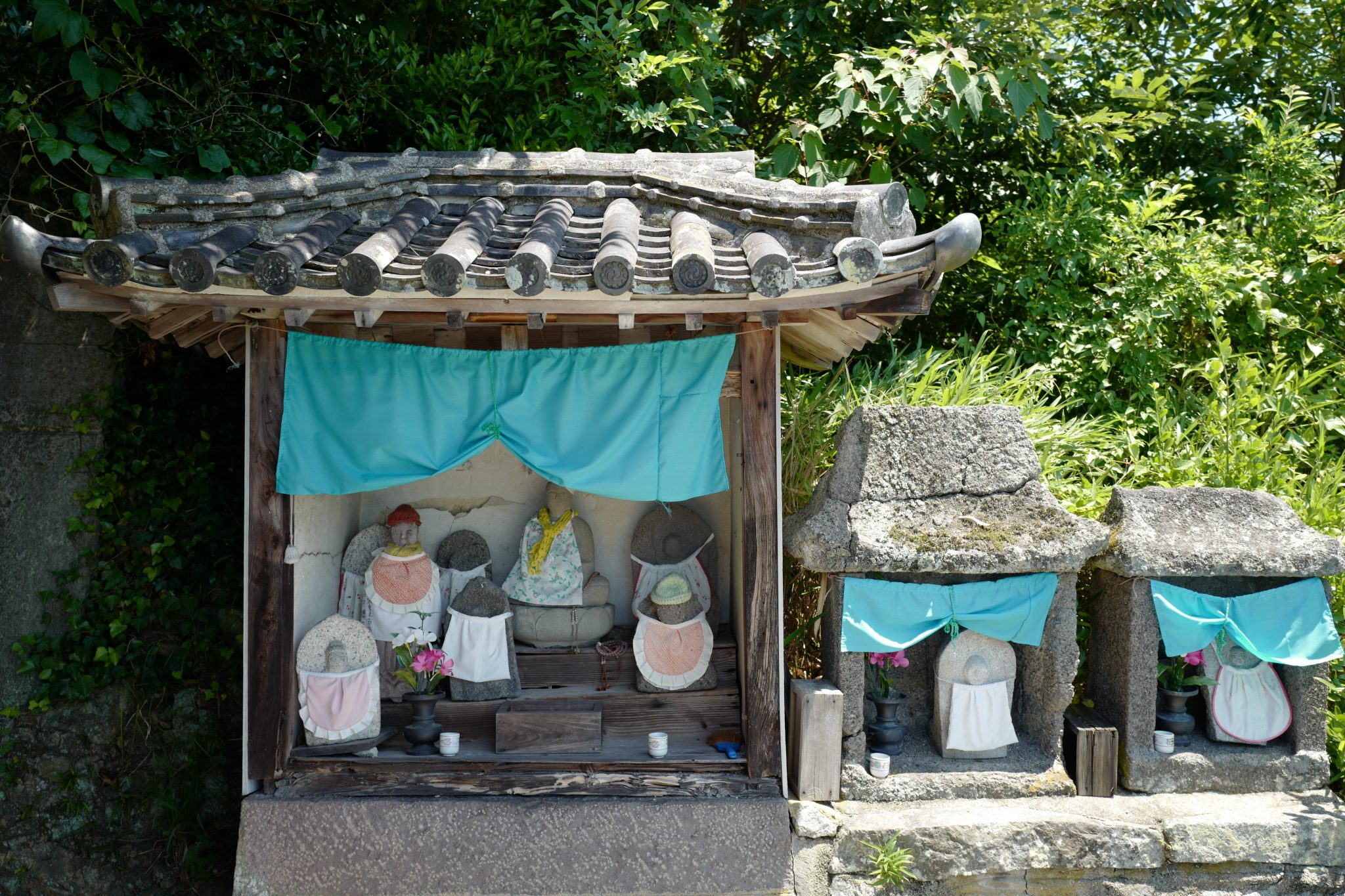
Reply